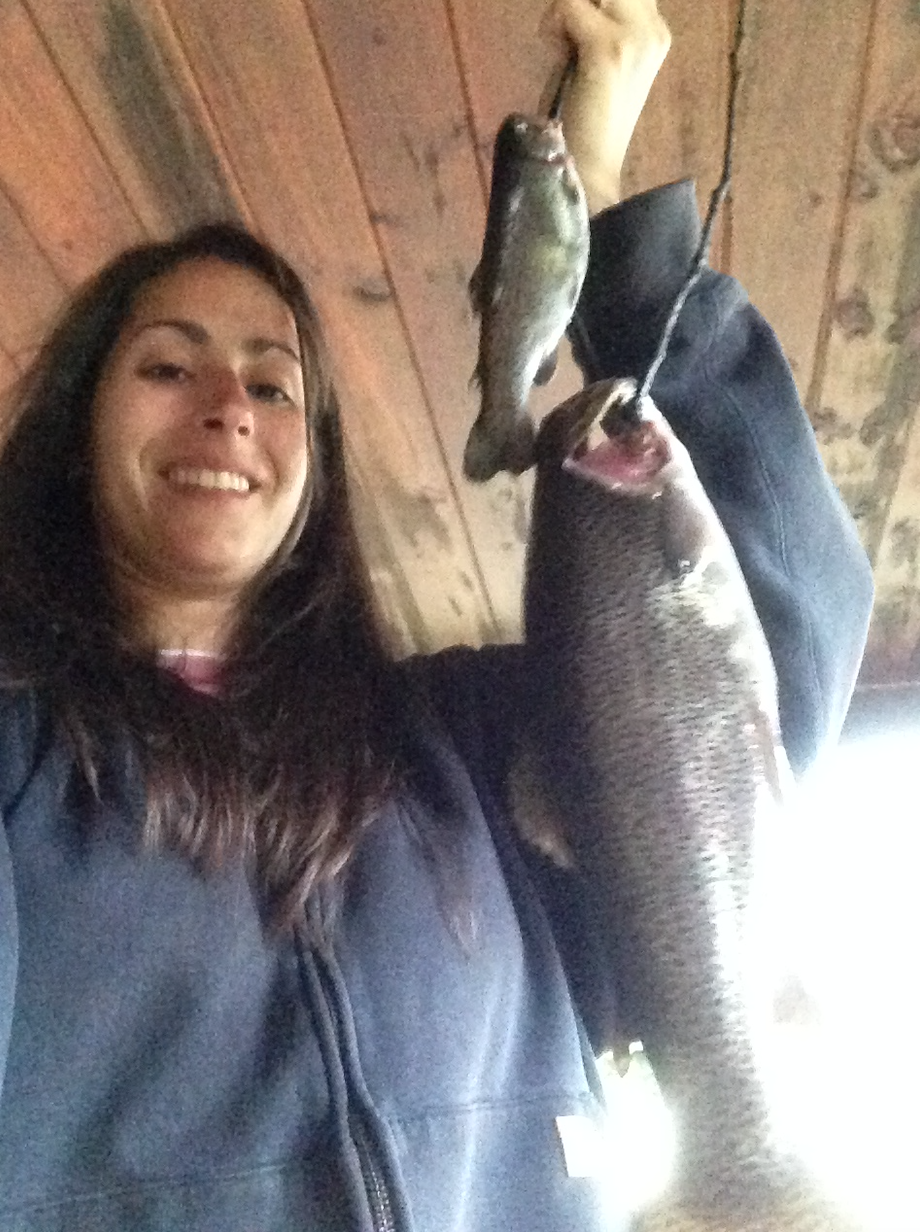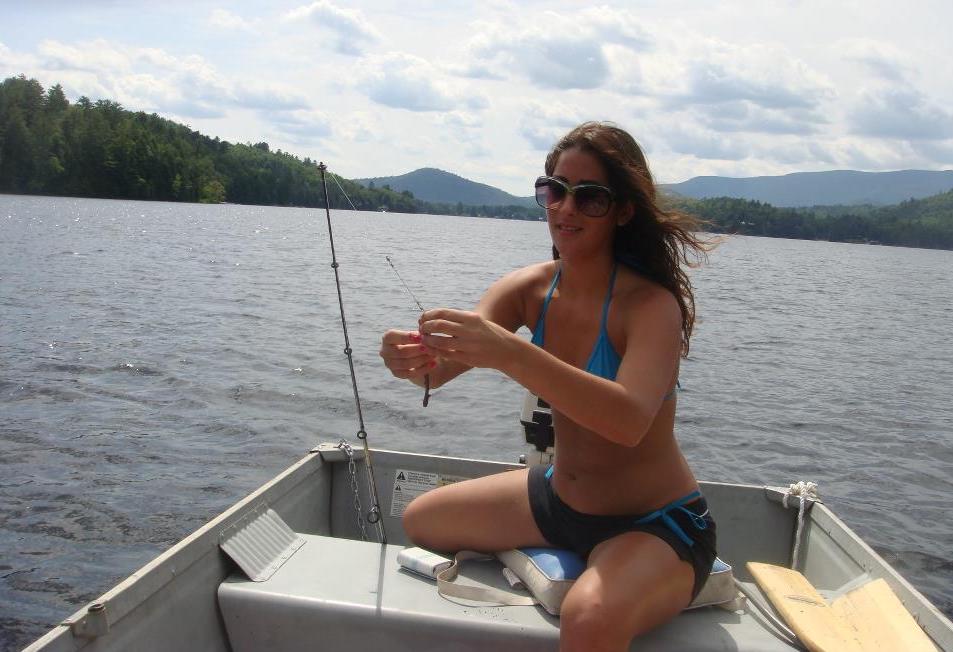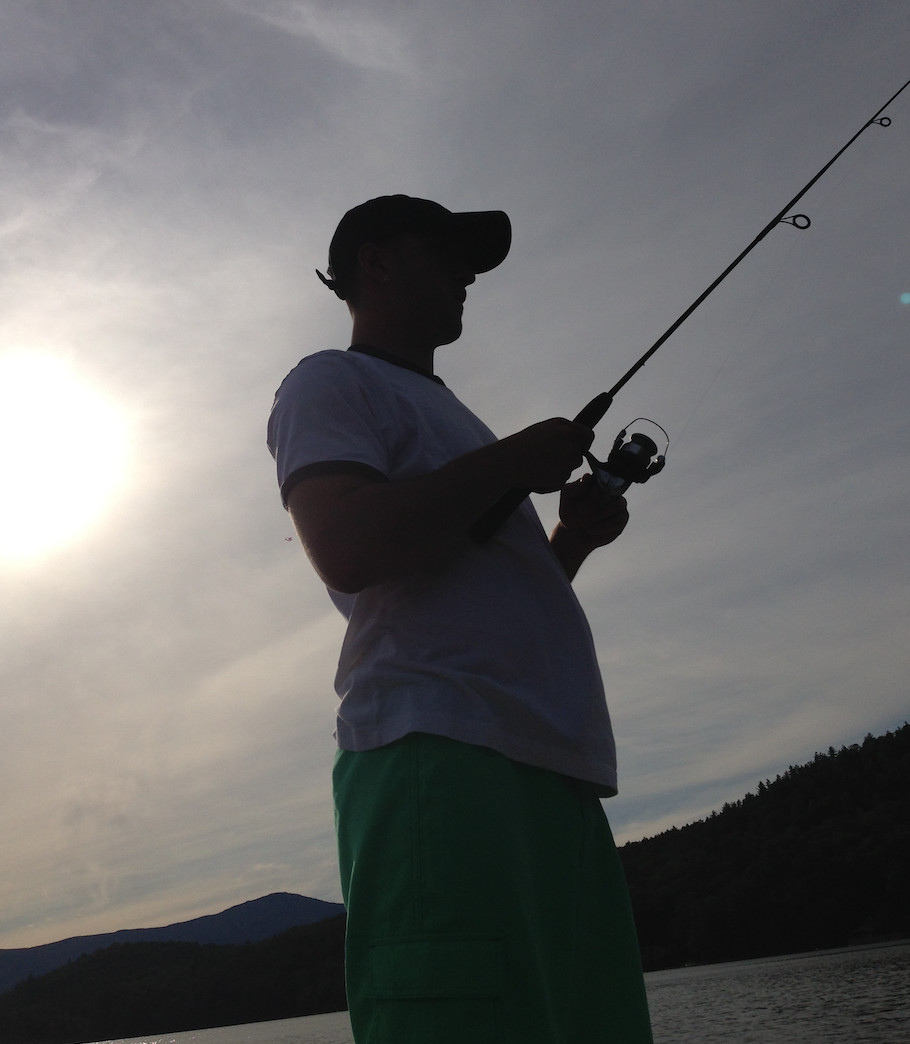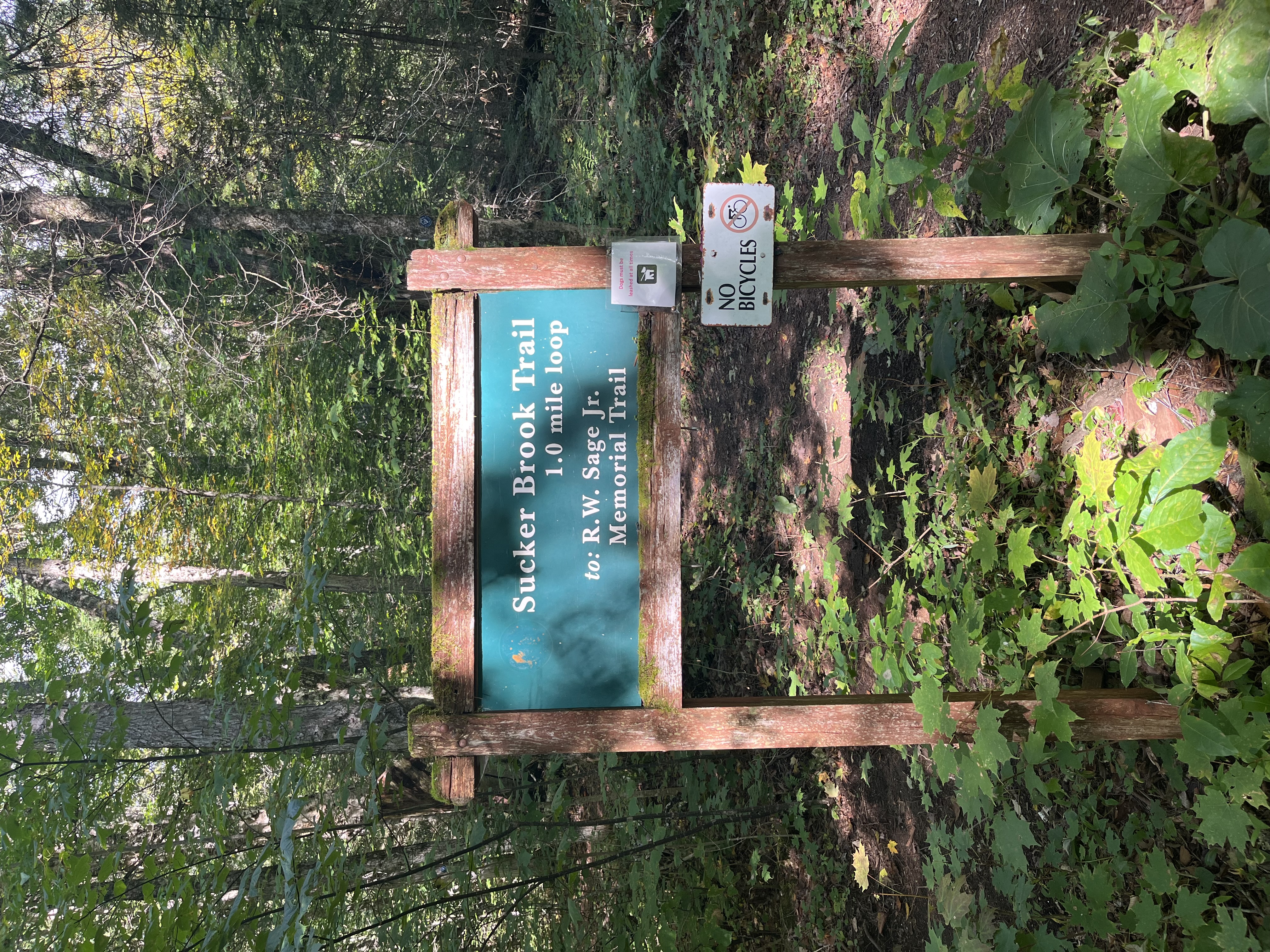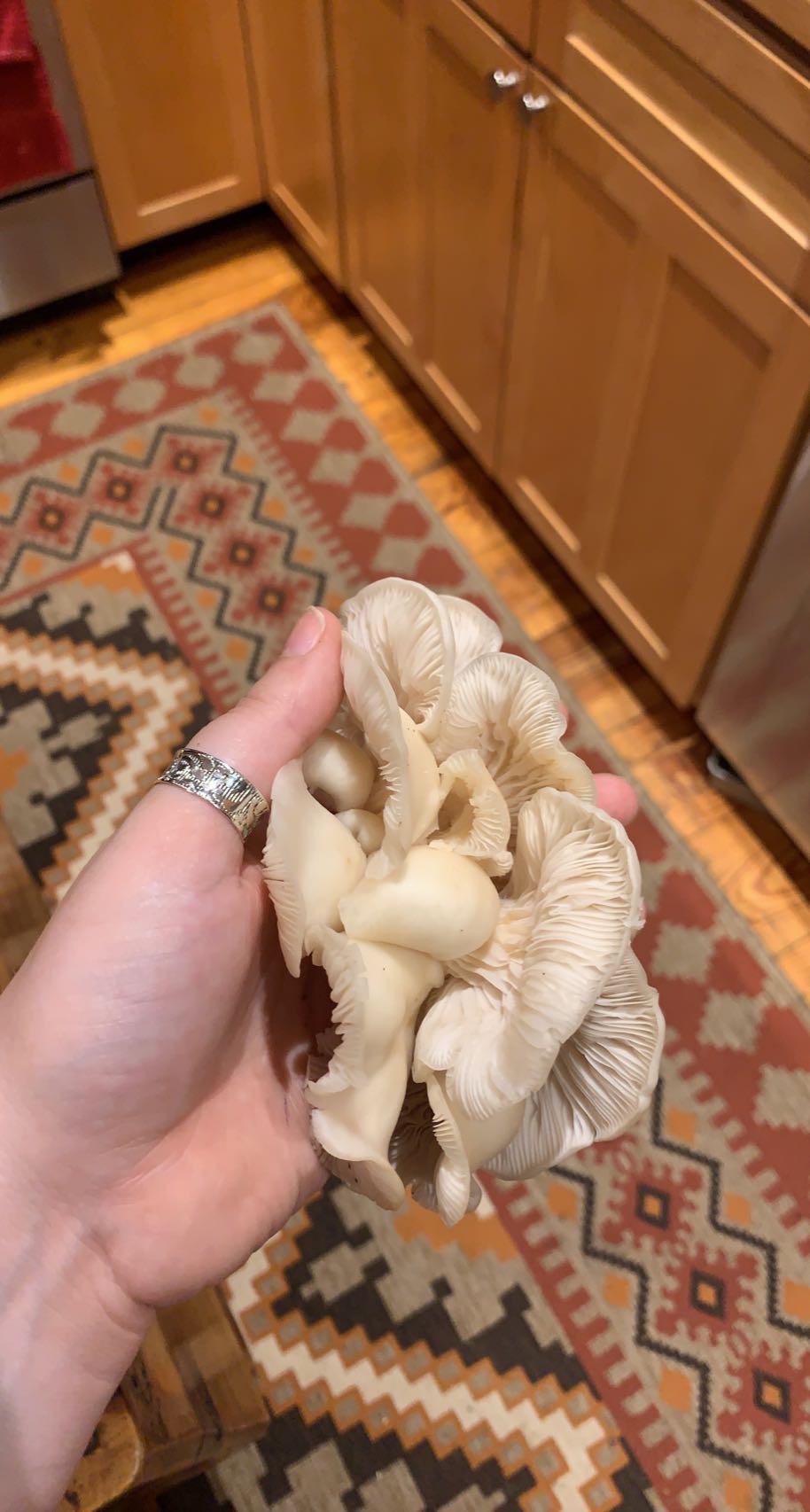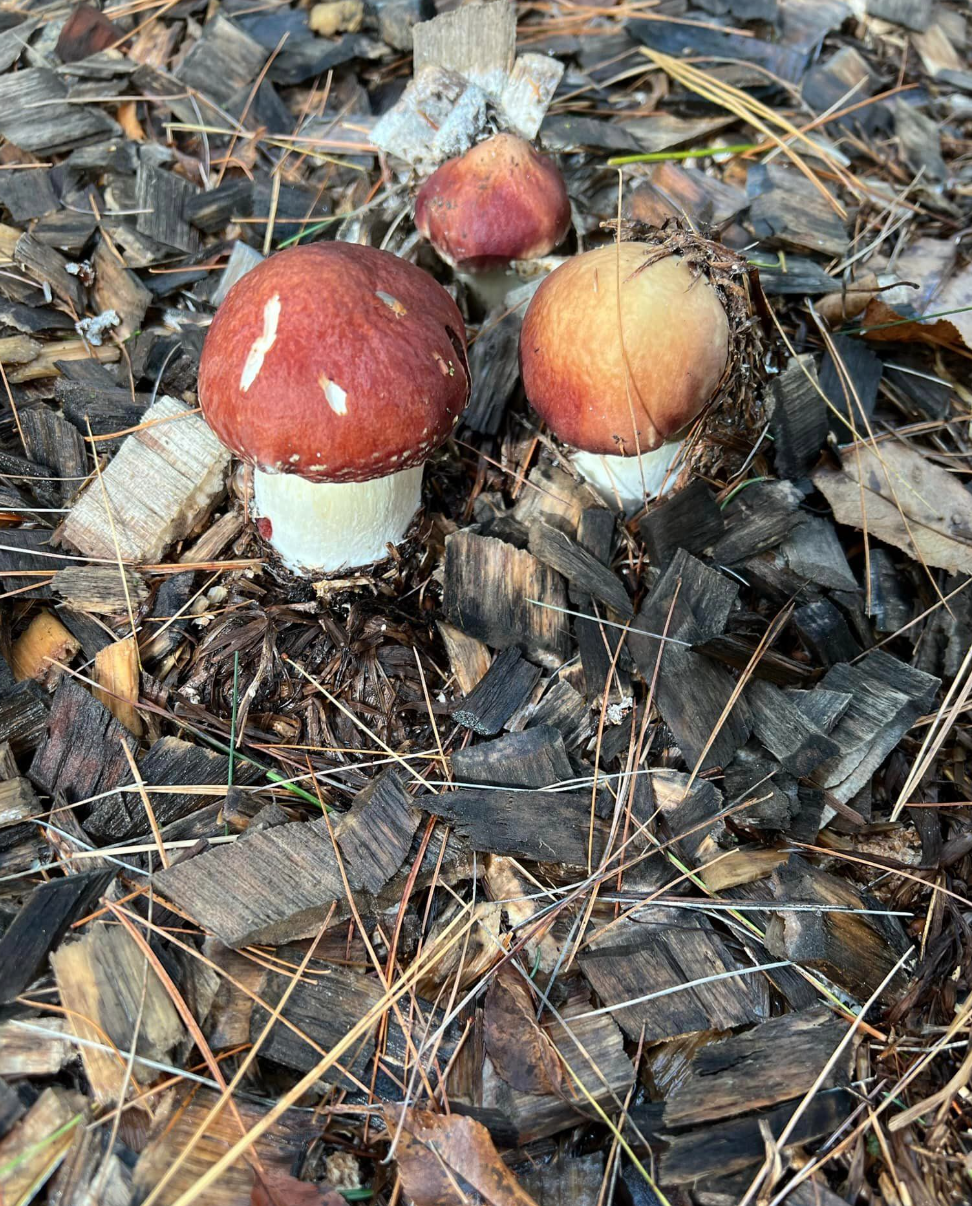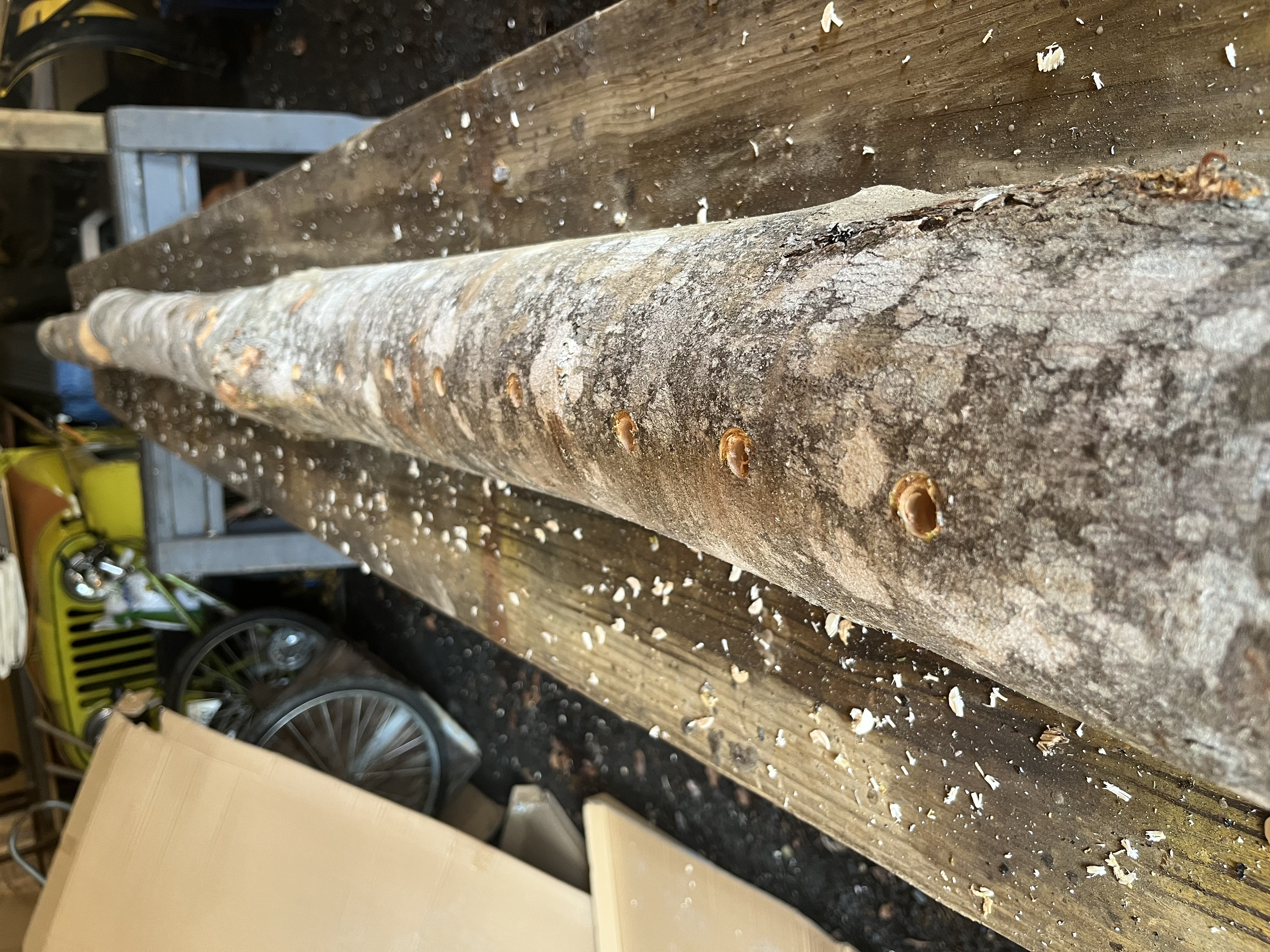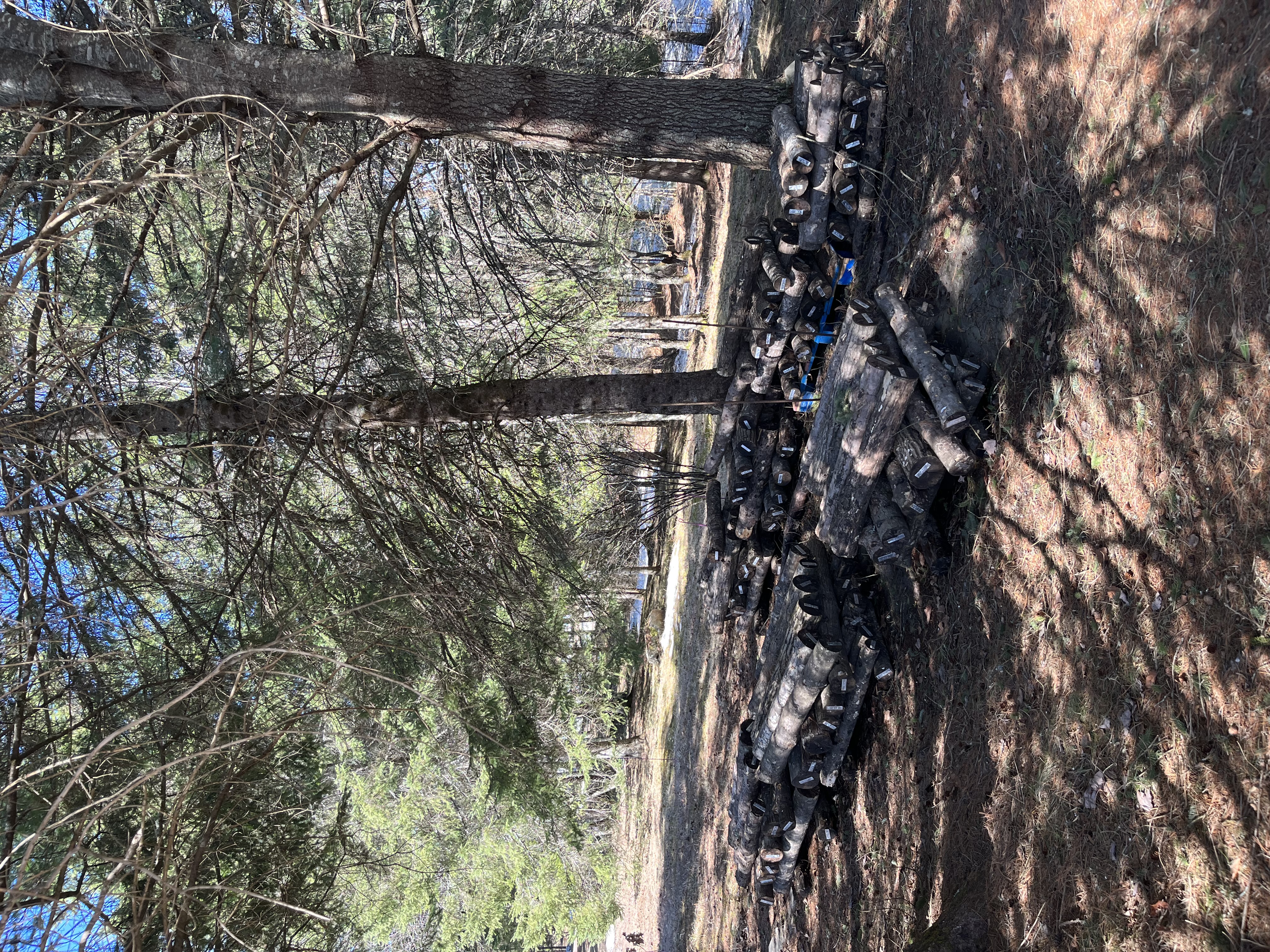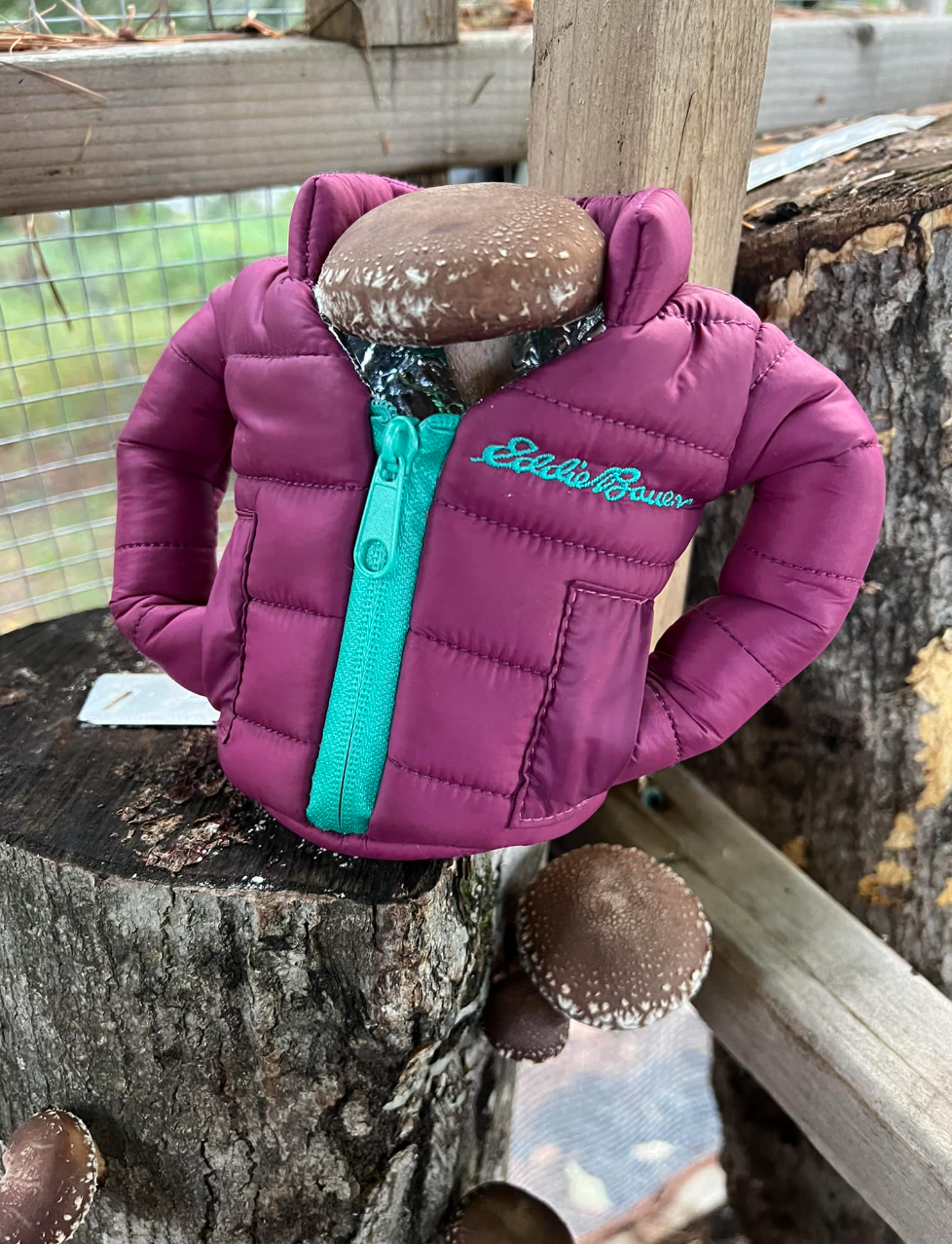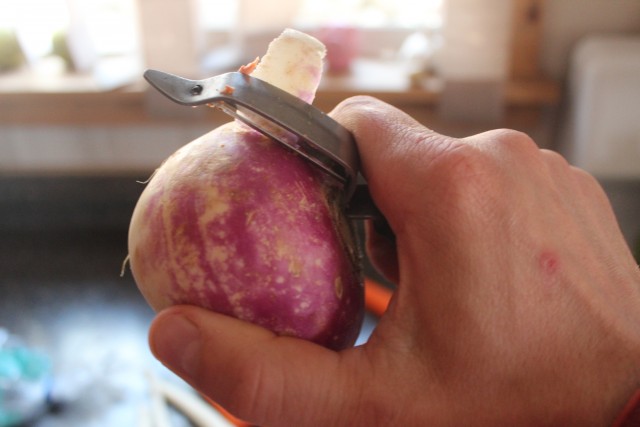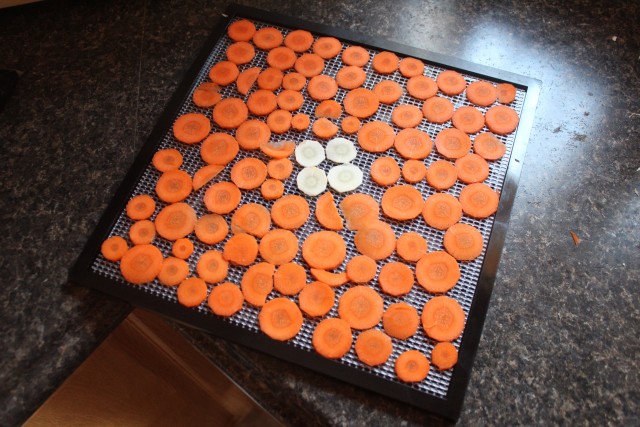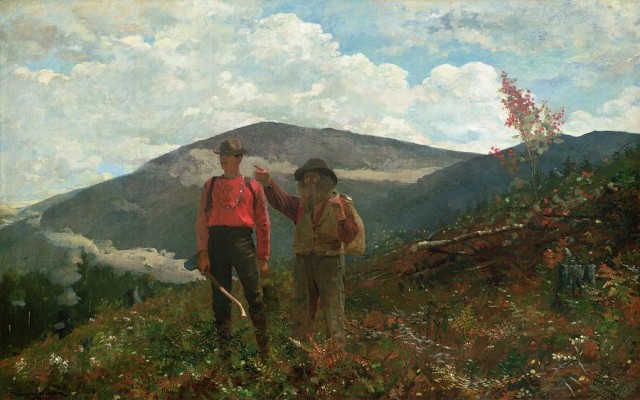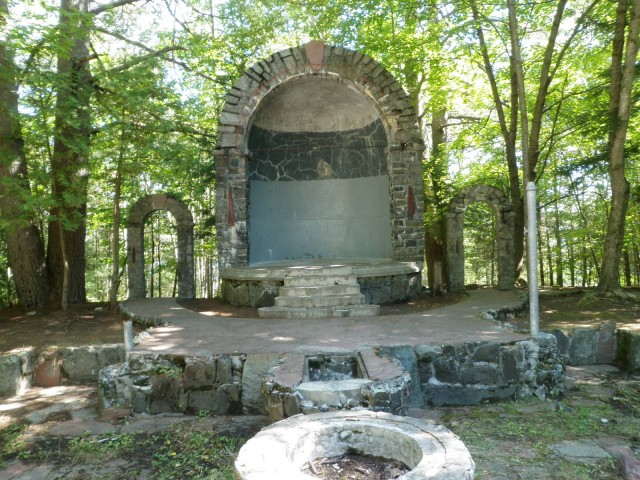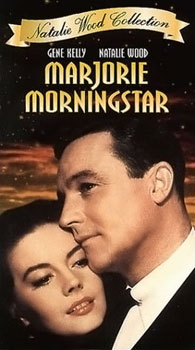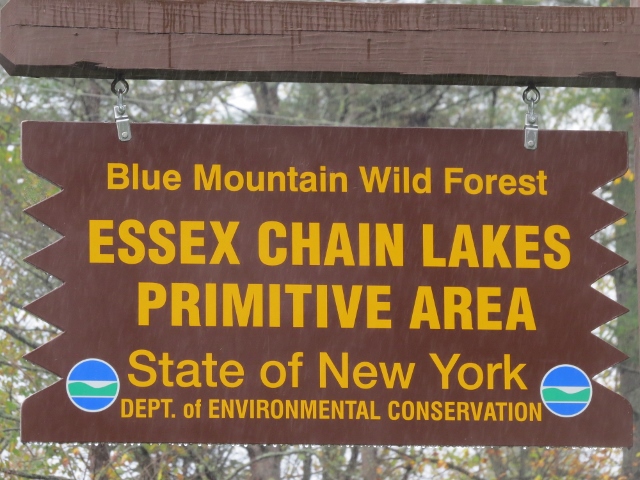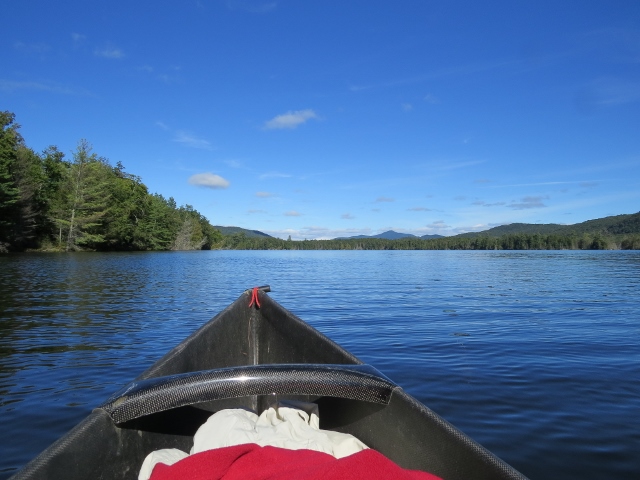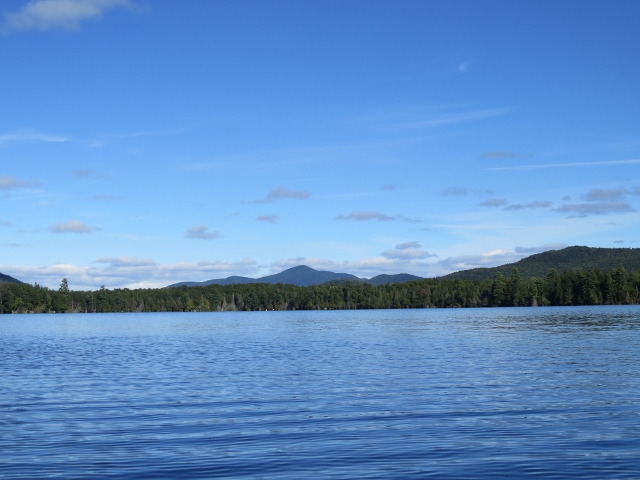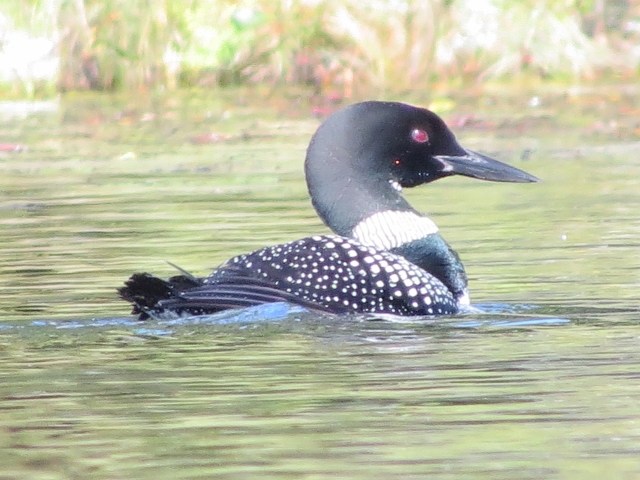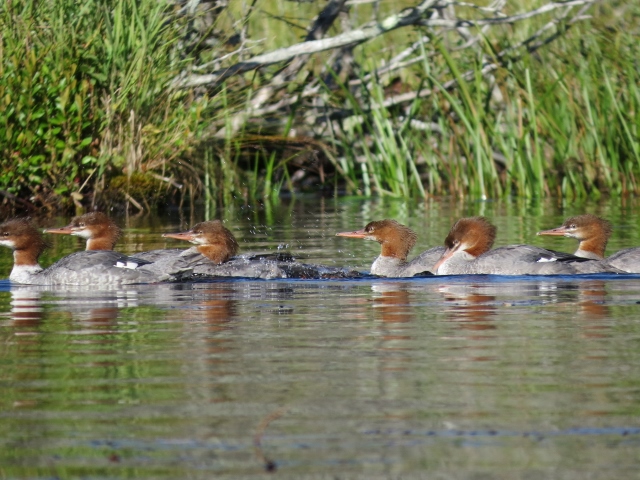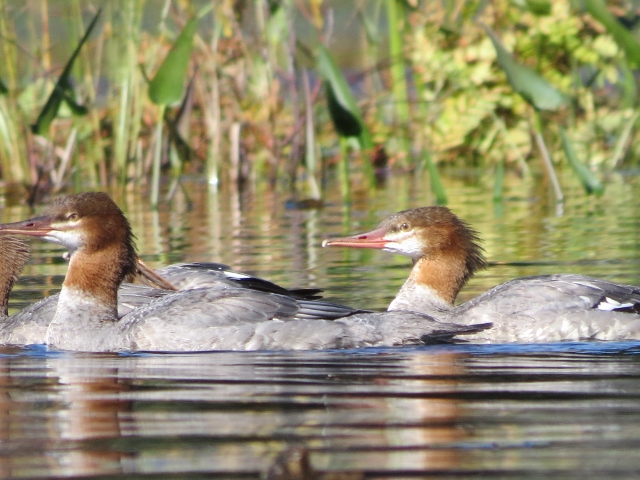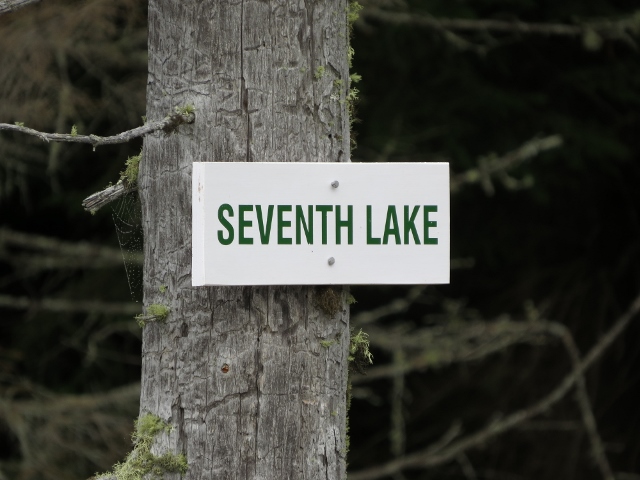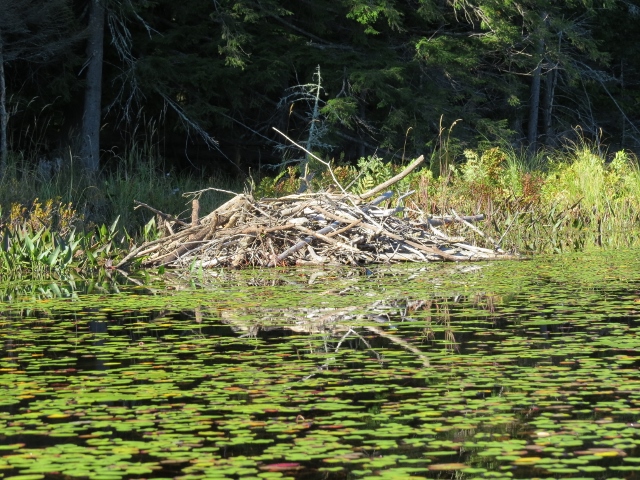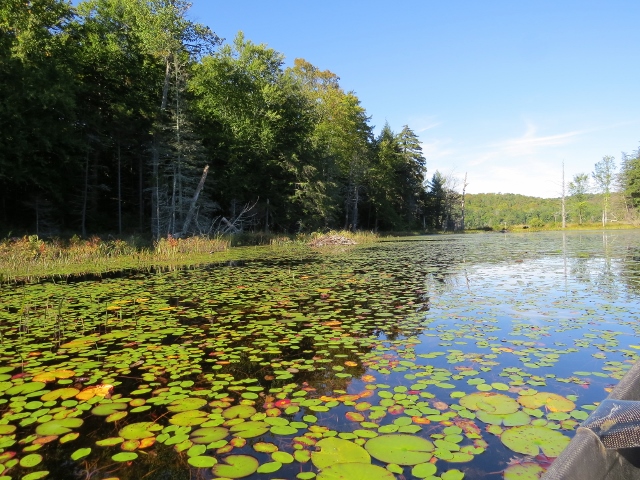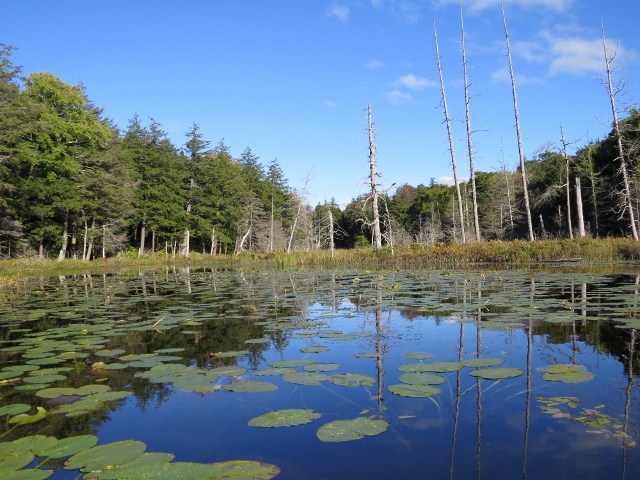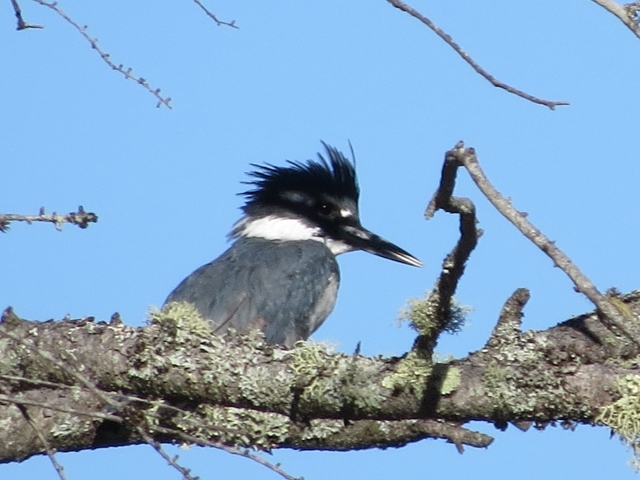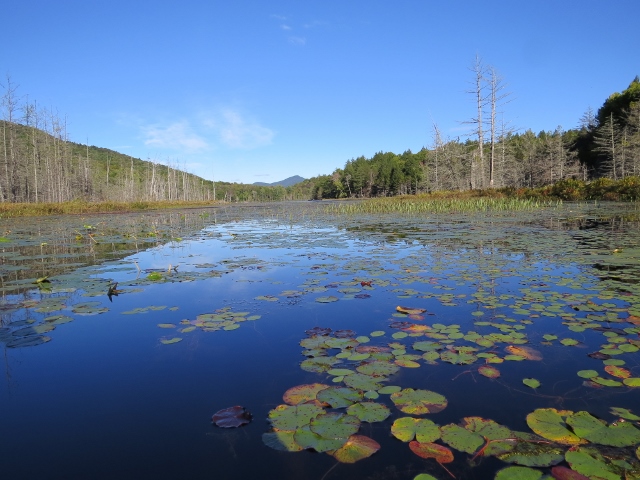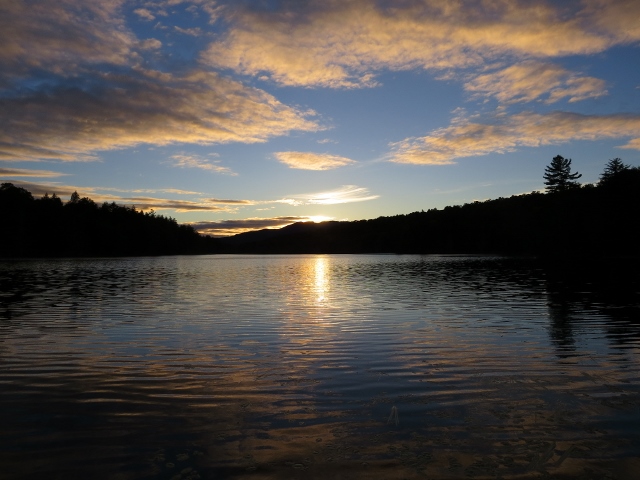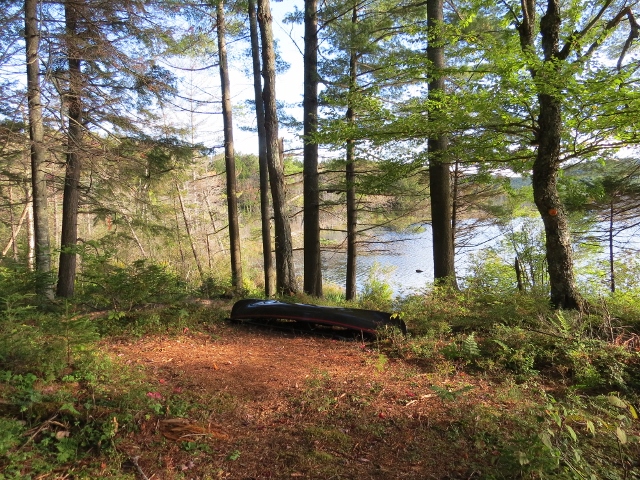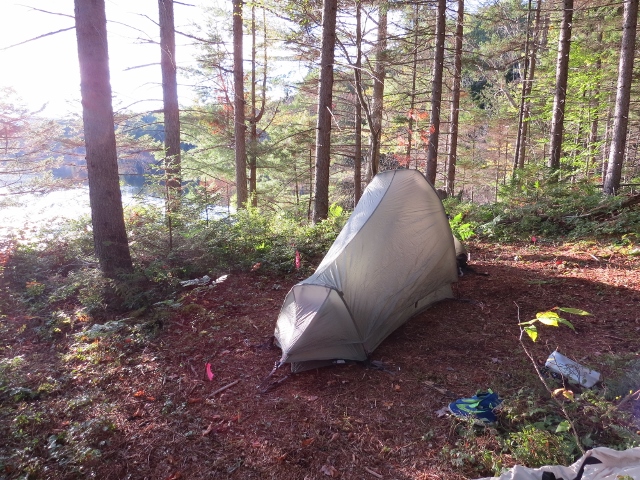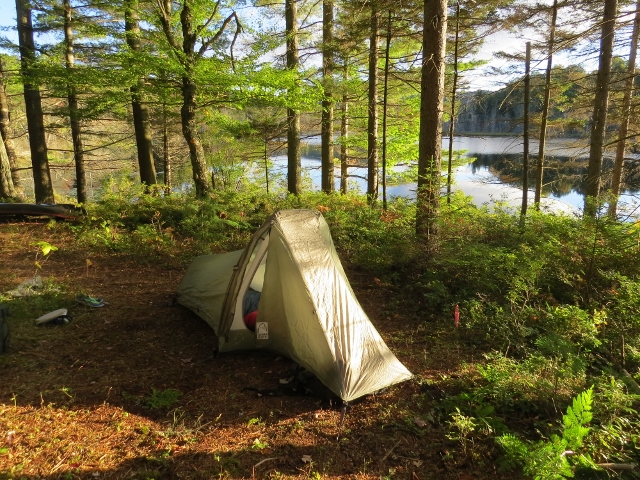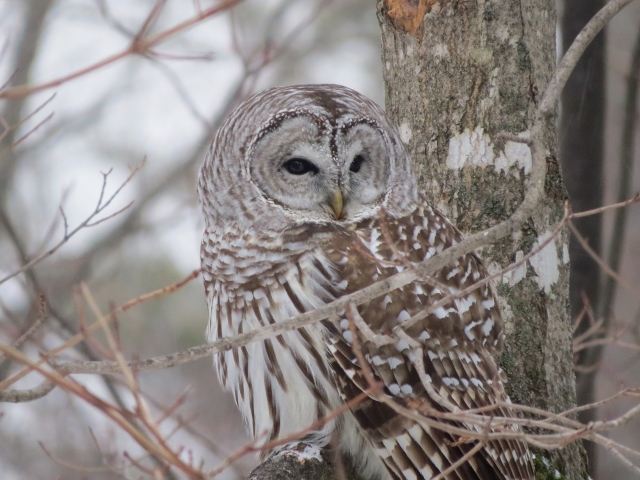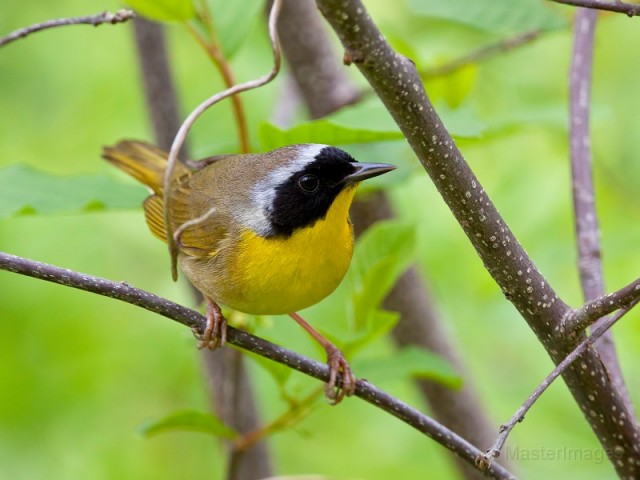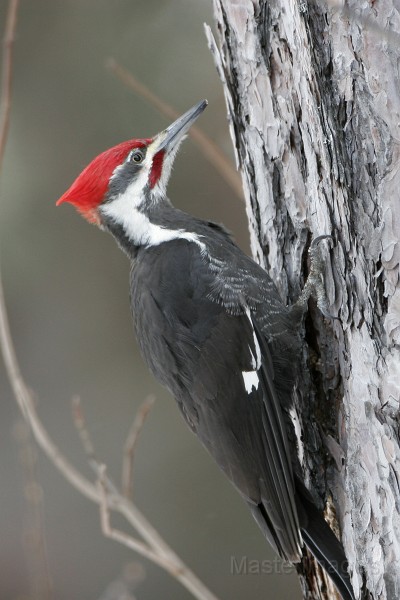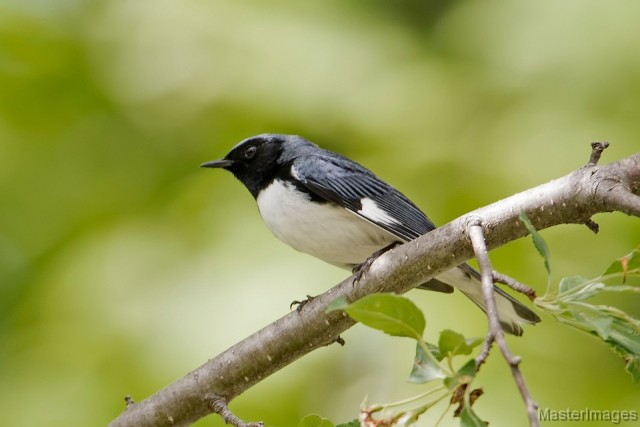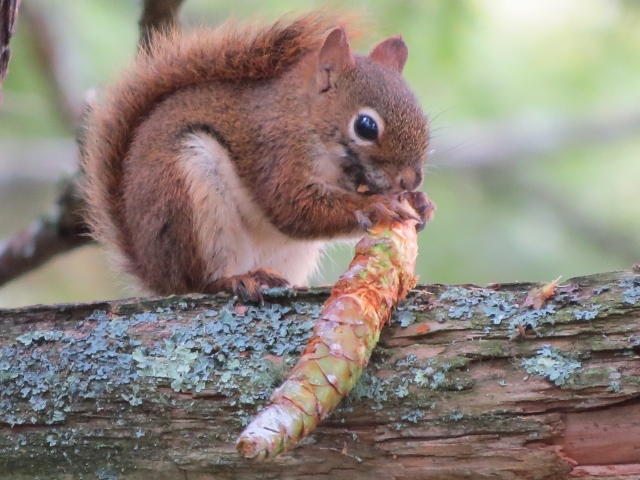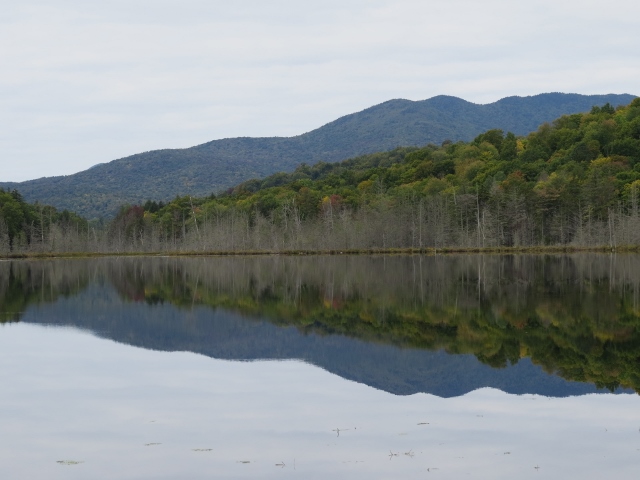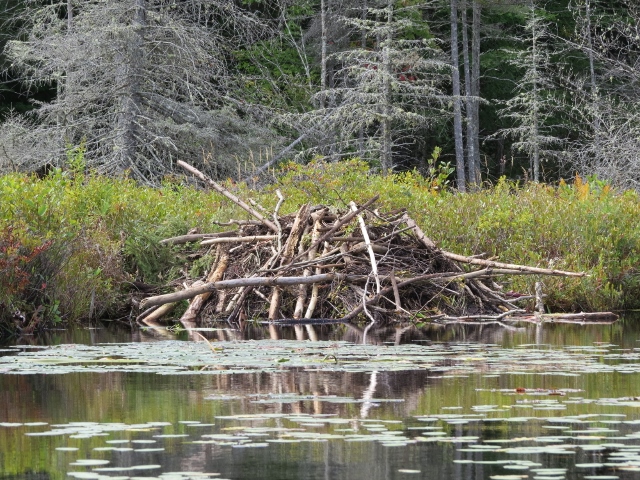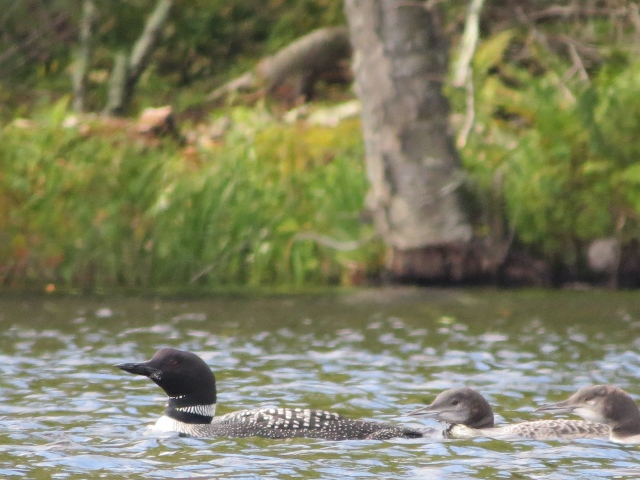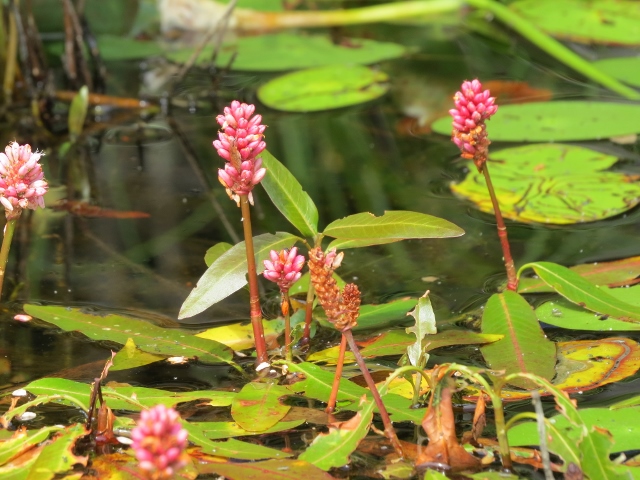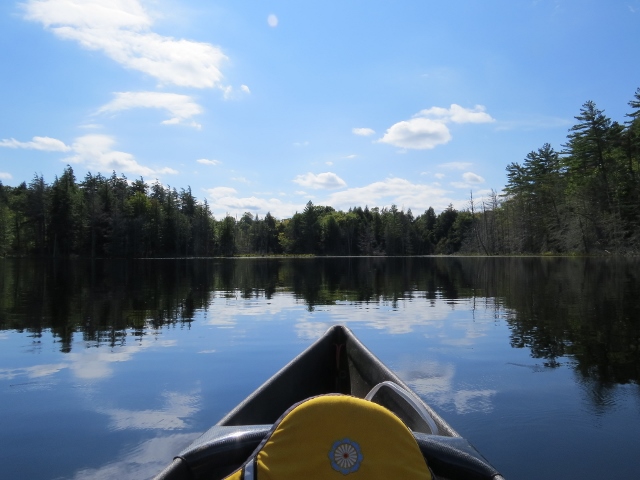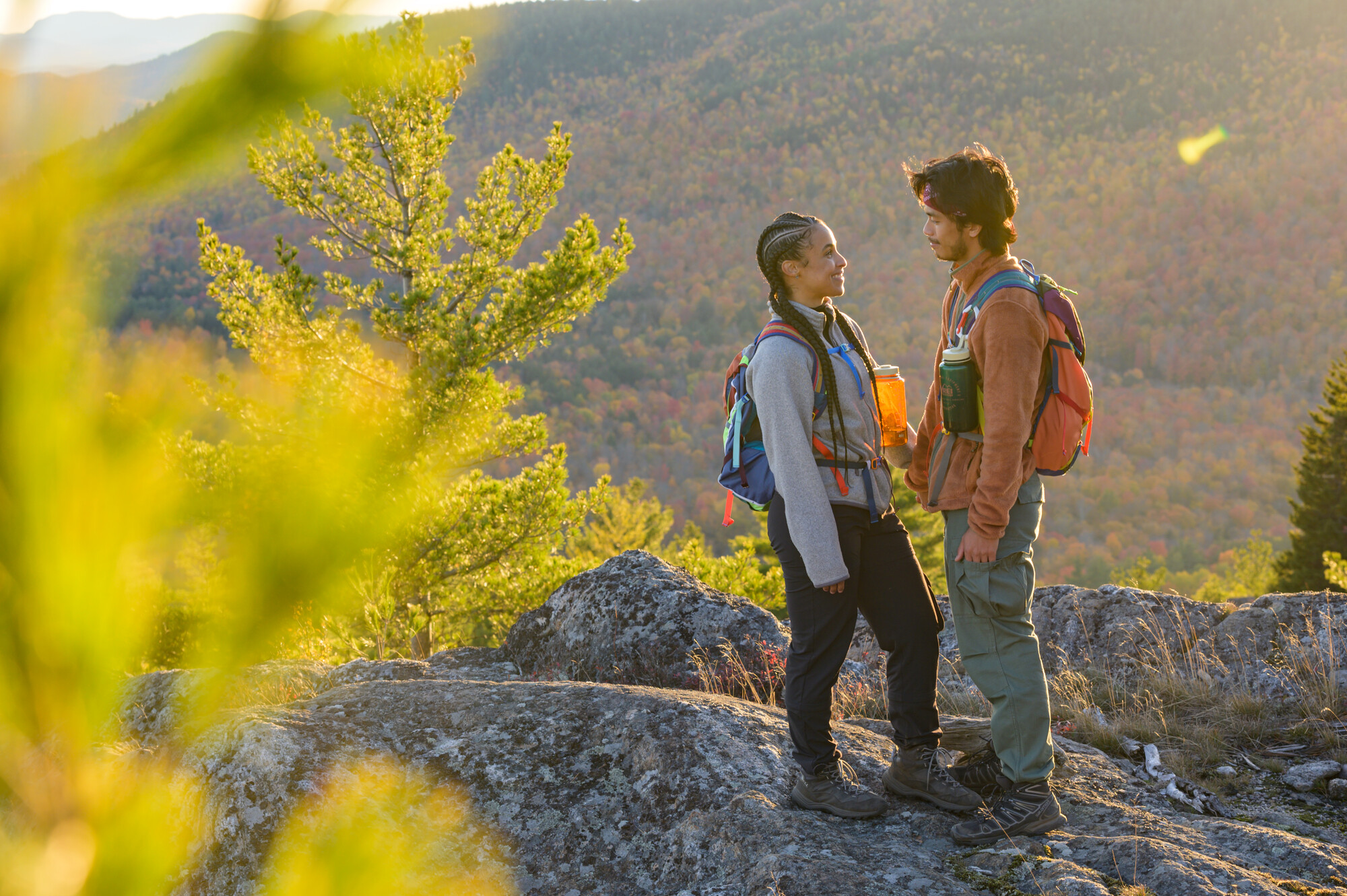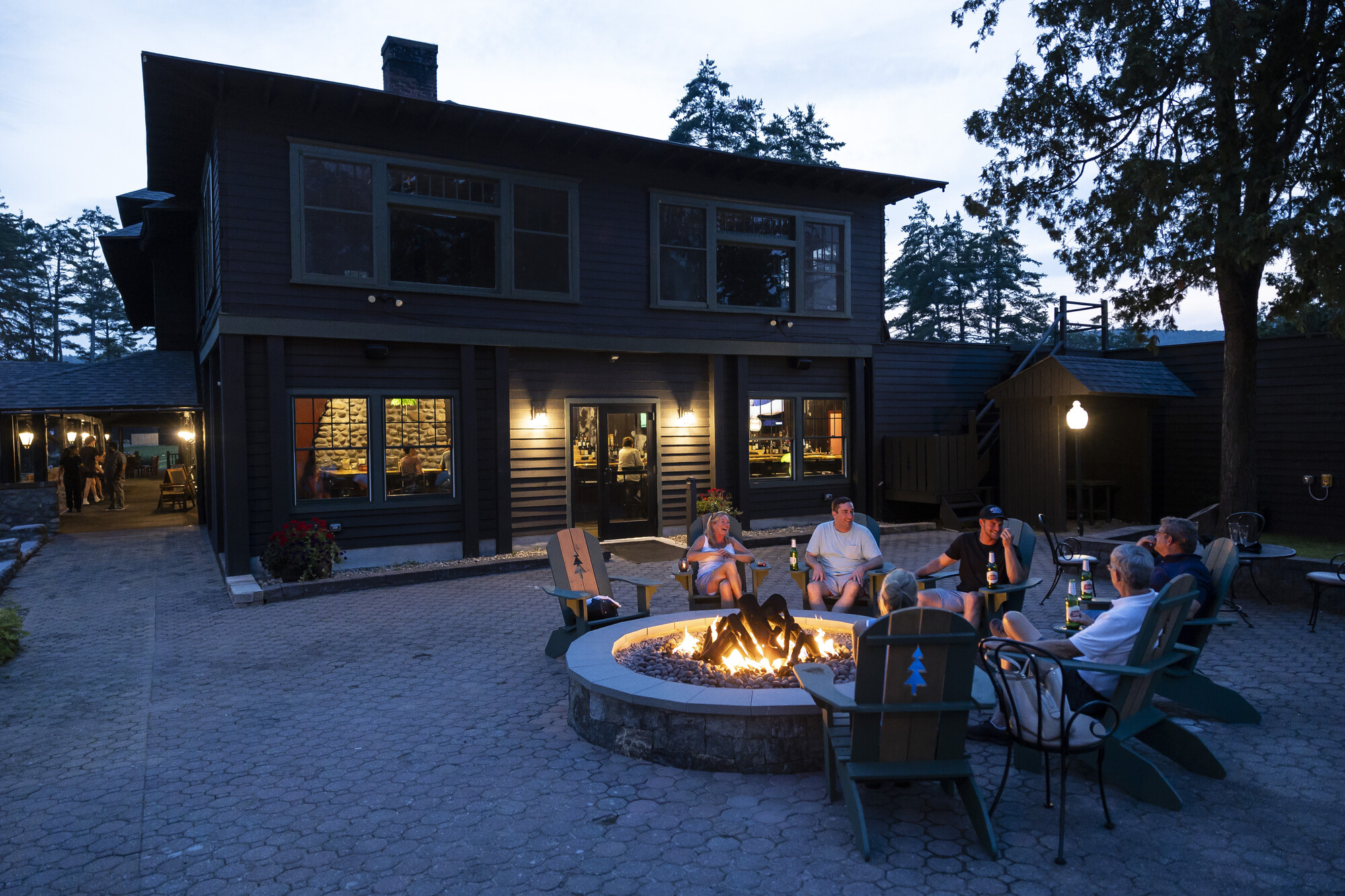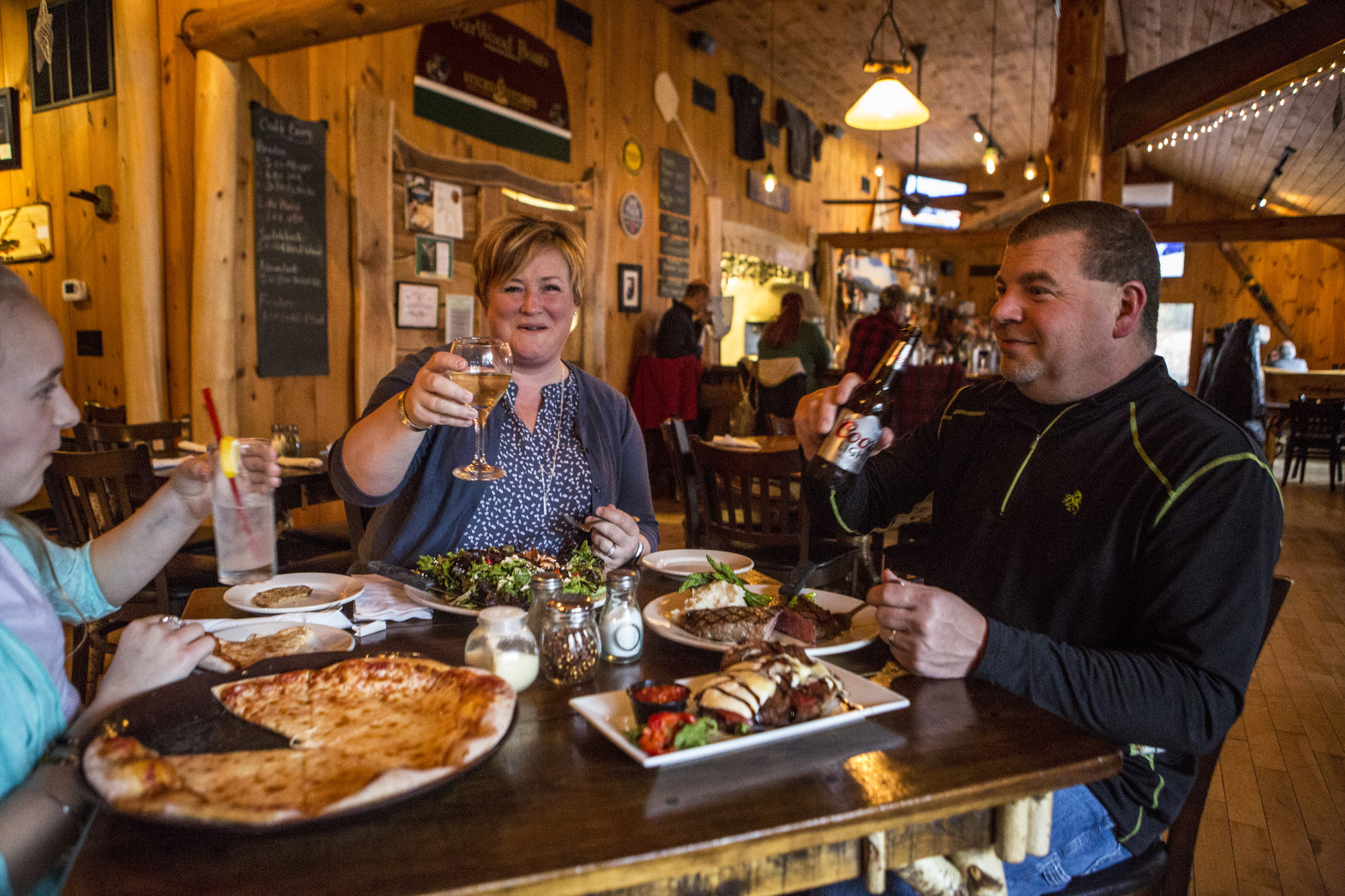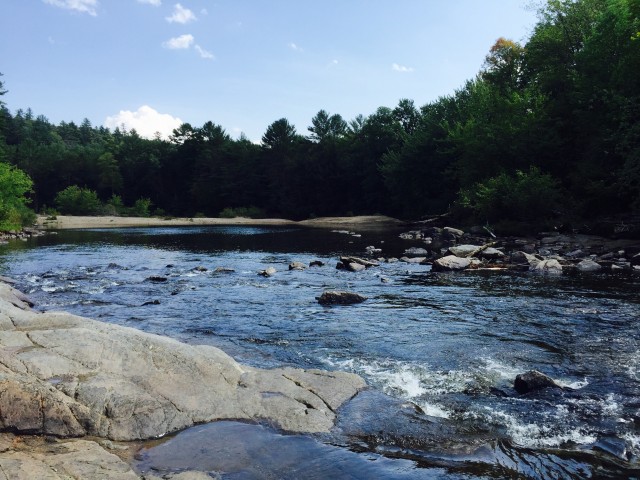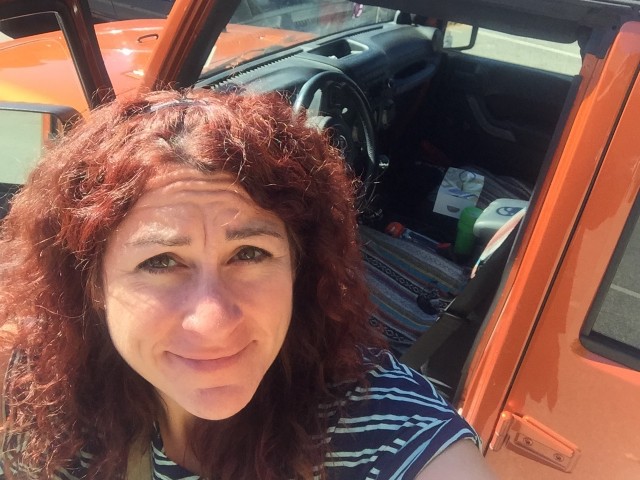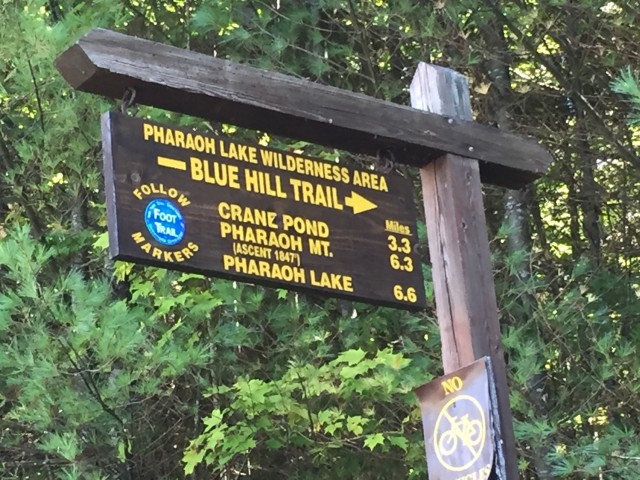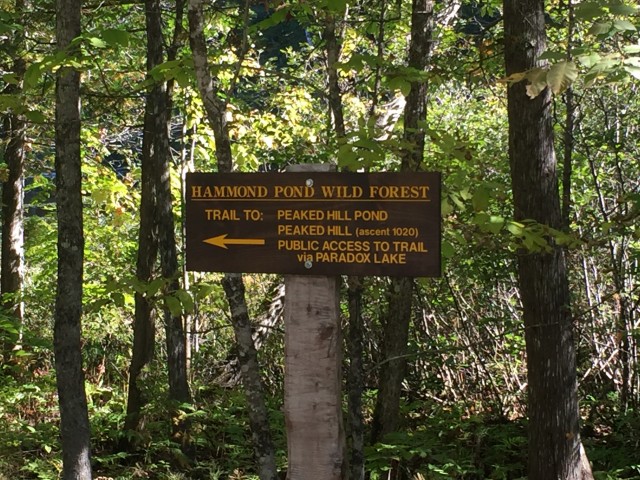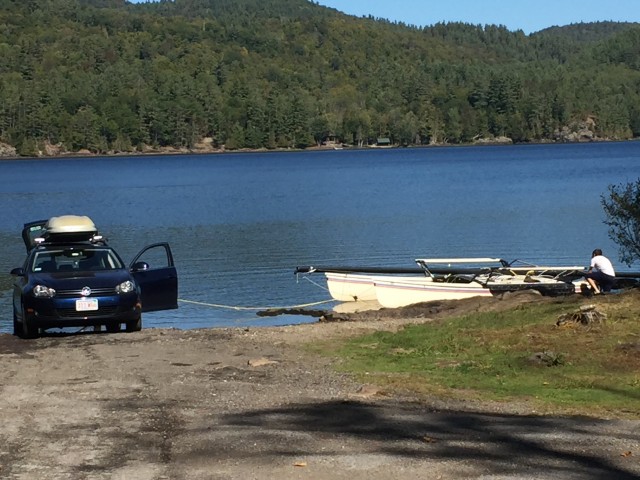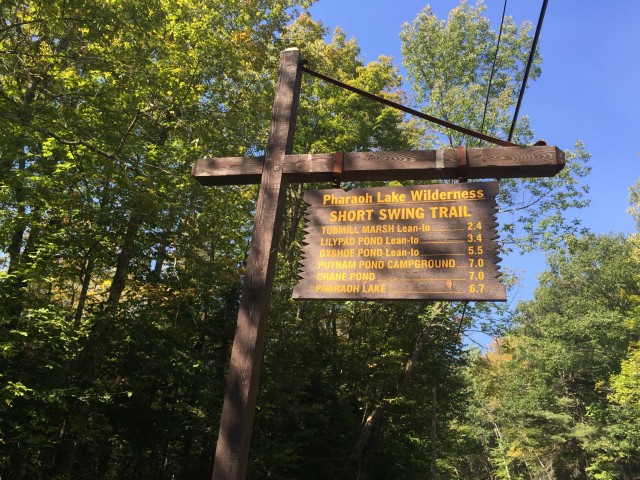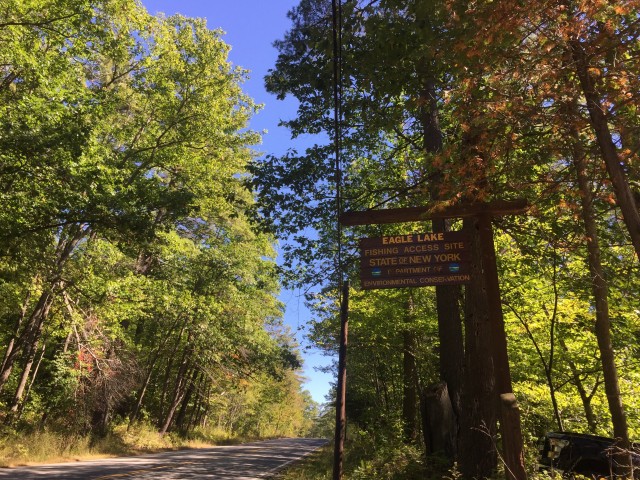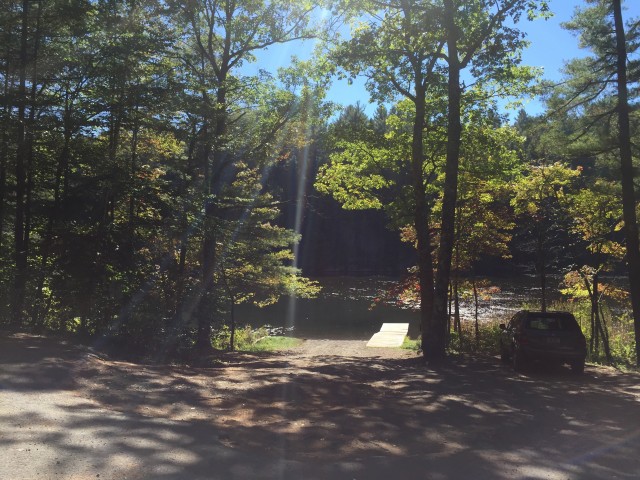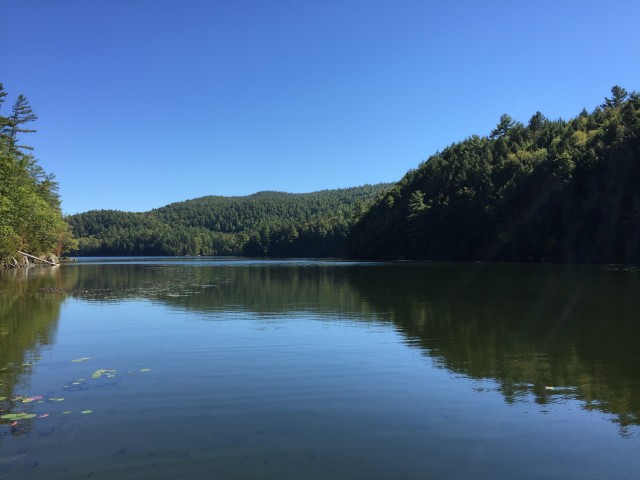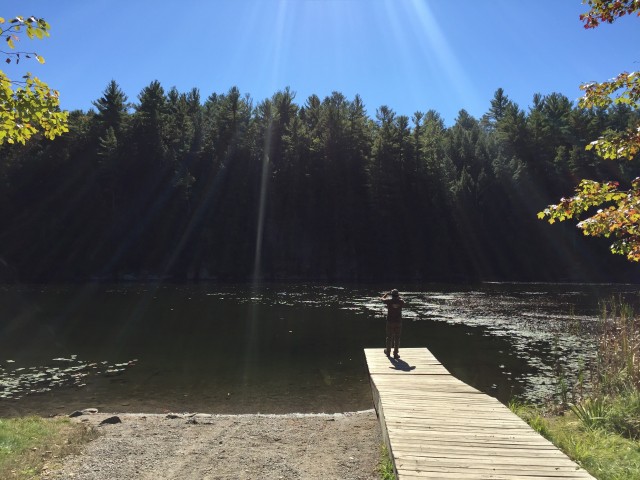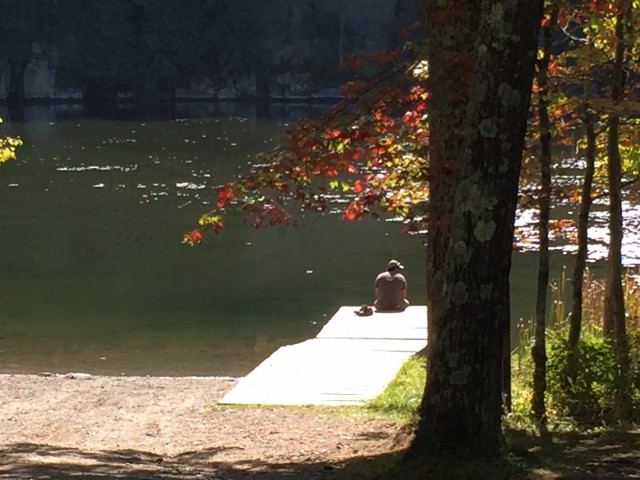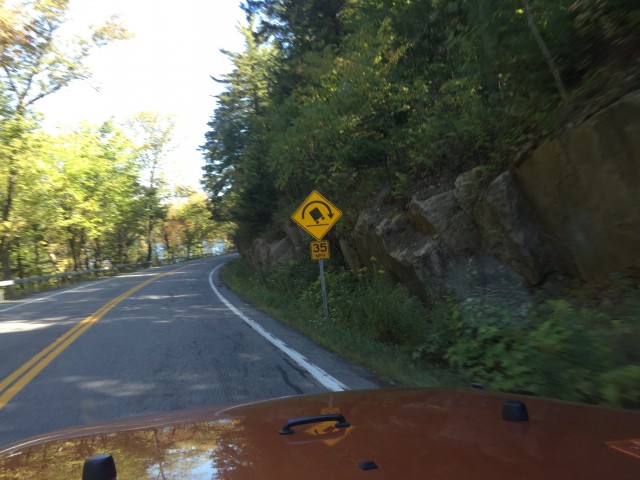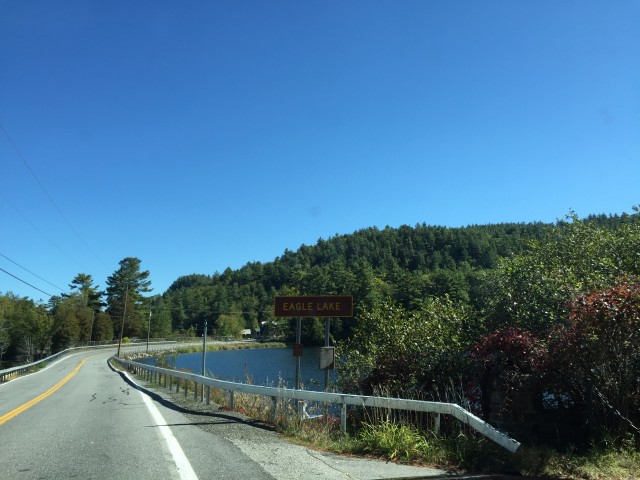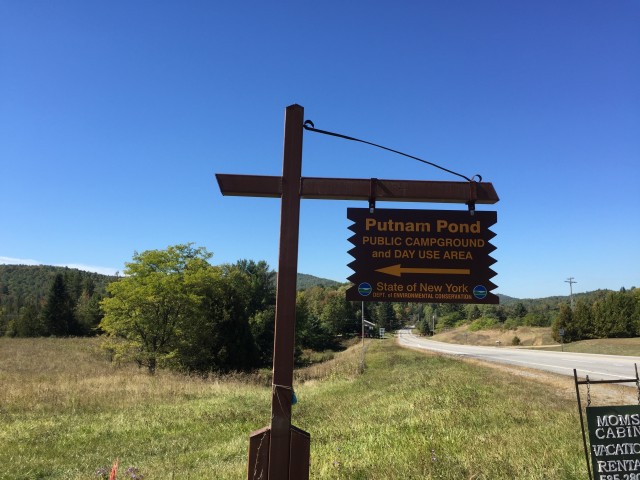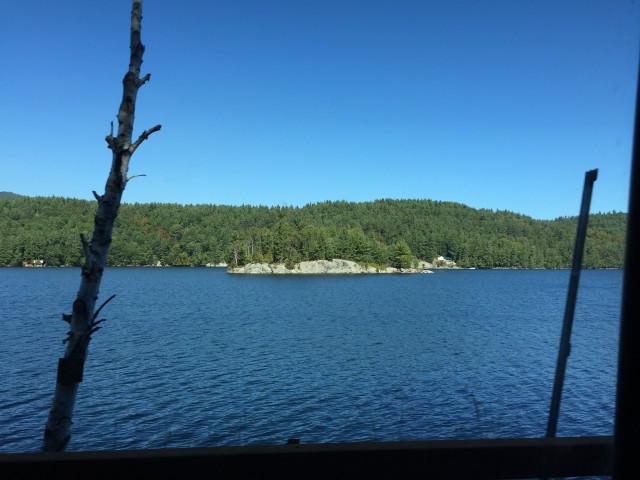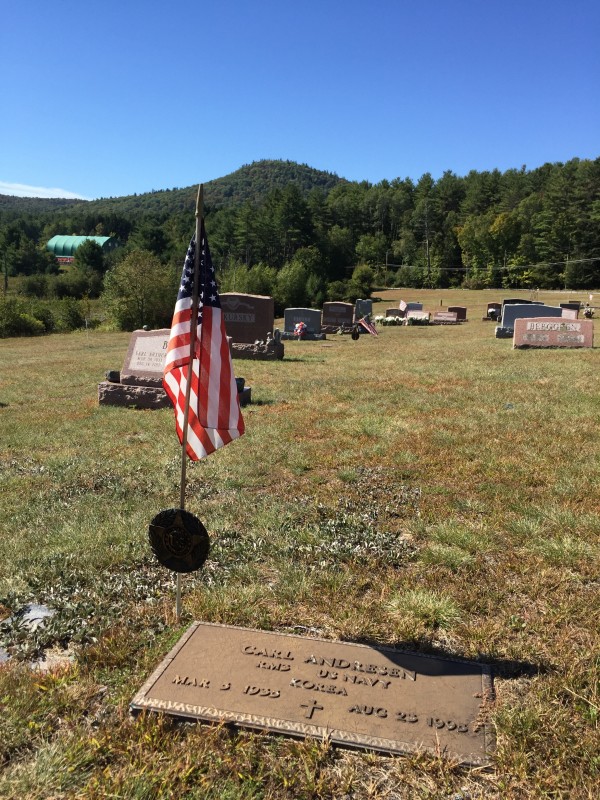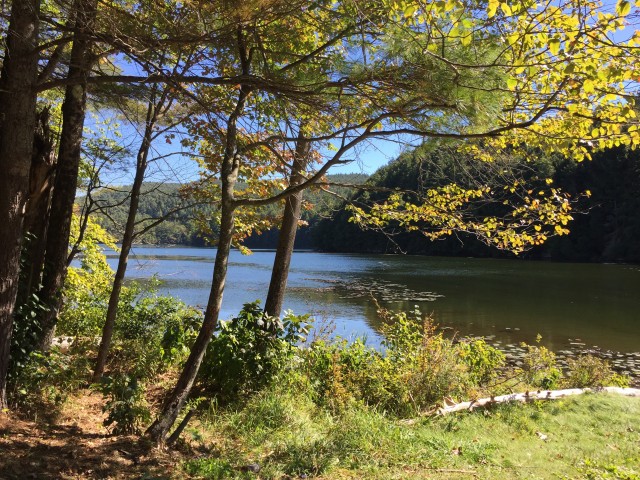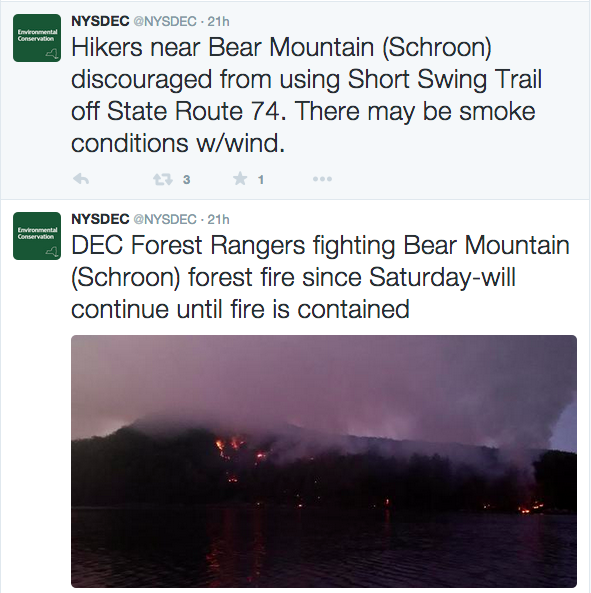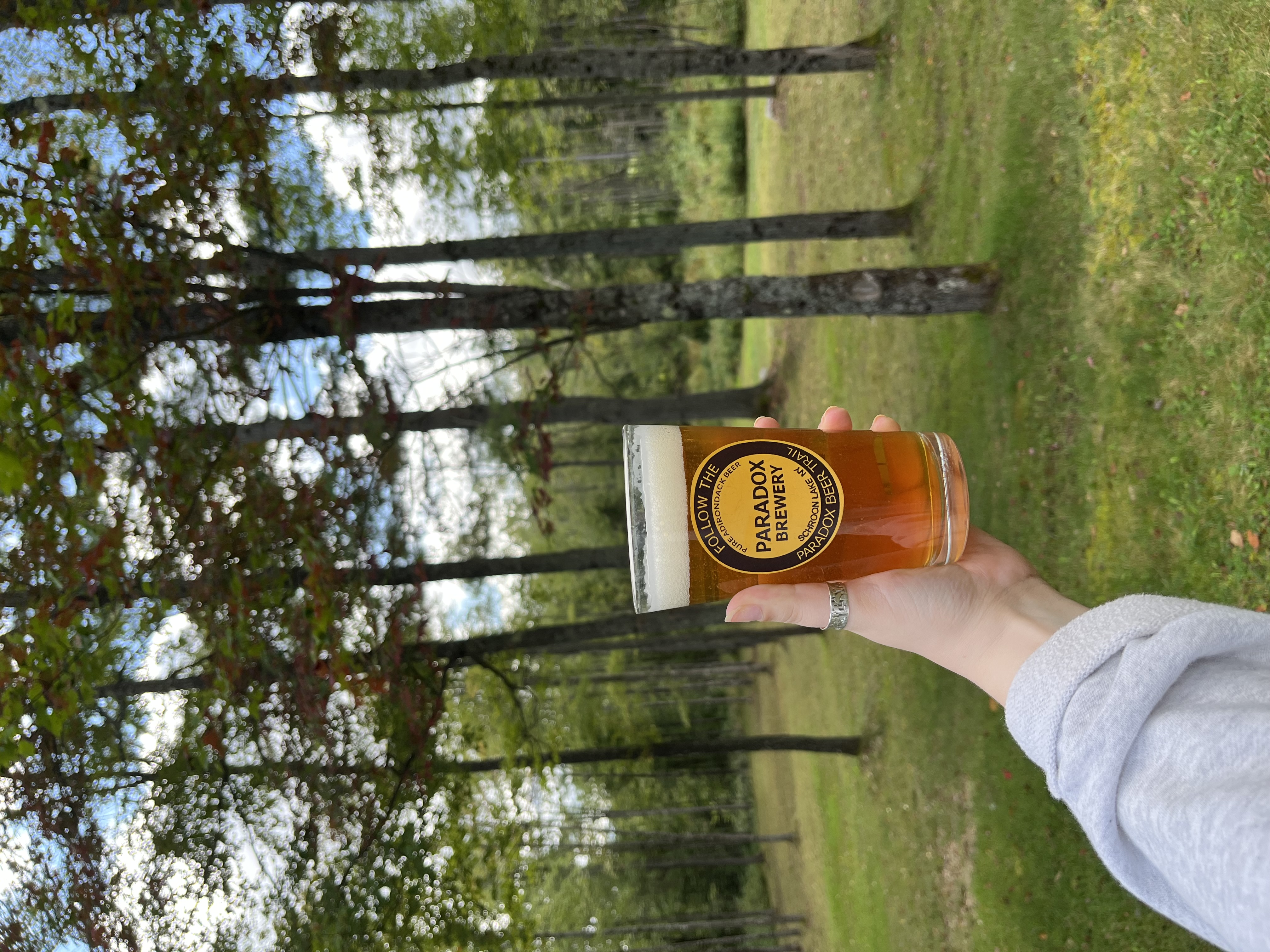Ski into the Past at Great Camp Santanoni
The ten-mile round trip cross-country ski to Great Camp Santanoni is a classic Adirondack journey to a storied destination.
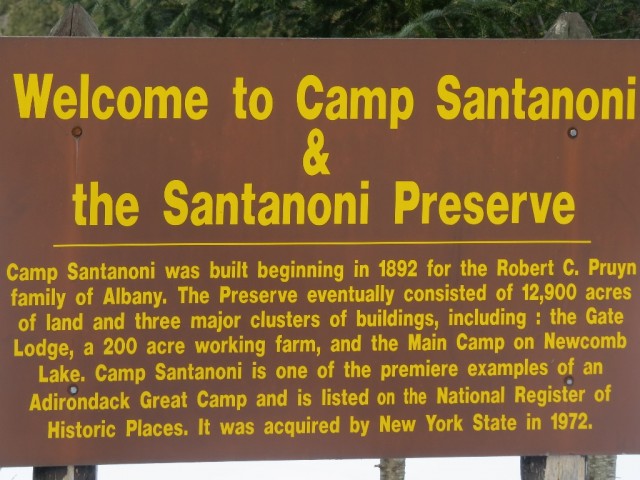
Open House during Three Winter Weekends at Great Camp Santanoni
This year, my husband George Yellott, and friends Pat and John Thaxton, and I skied to Great Camp Santanoni during the first of three New York State Department of Environmental Conservation’s (NYS DEC) “Winter Weekends at Great Camp Santanoni.” These open house weekends are co-sponsored with Adirondack Architectural Heritage (AARCH), the Town of Newcomb, and the Adirondack Interpretive Center. Each year, the popular winter weekend open houses are scheduled during Martin Luther King weekend in January, President’s Day weekend in February, and the weekend closest to St Patrick’s Day in March.

A Heated Building with Refreshments!
The Adirondack Interpretive Center offers free snowshoes, and staff and volunteers of Adirondack Architectural Heritage are on hand to answers questions and lead tours of the Main Lodge. Best of all, the Artist’s Studio is heated by a woodstove during these open house weekends! Skiers and snowshoers can warm up before the return trip. Coffee, tea, and hot chocolate are also available!
The Ski
We chose to ski on Sunday of Martin Luther King weekend, avoiding the bitter cold forecast on Saturday. (Surprisingly, over 80 people braved the elements to ski in on Saturday!) The ski conditions were perfect on the old road leading to the camp.

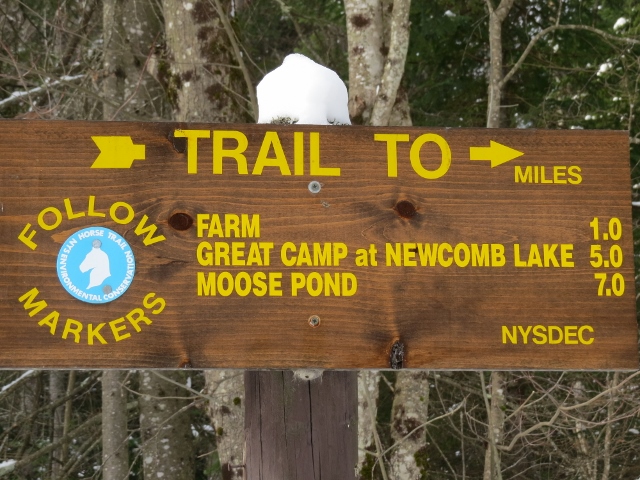
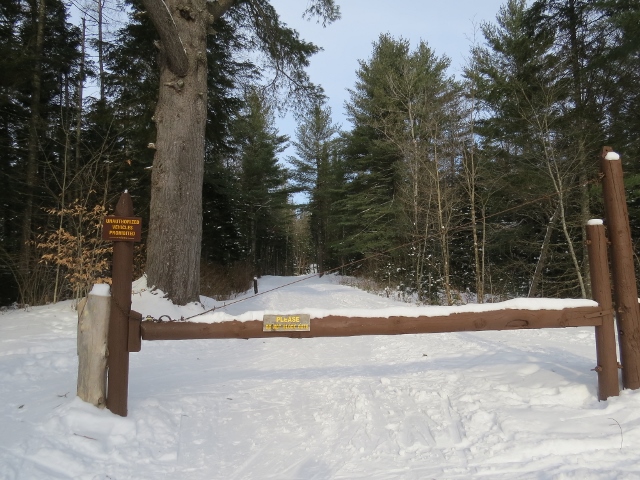
Our trip began in late morning, with lunch planned at the Great Camp. After a mile, we reached the farm. We stopped to read the interesting interpretive signs, of which there are many along the way.

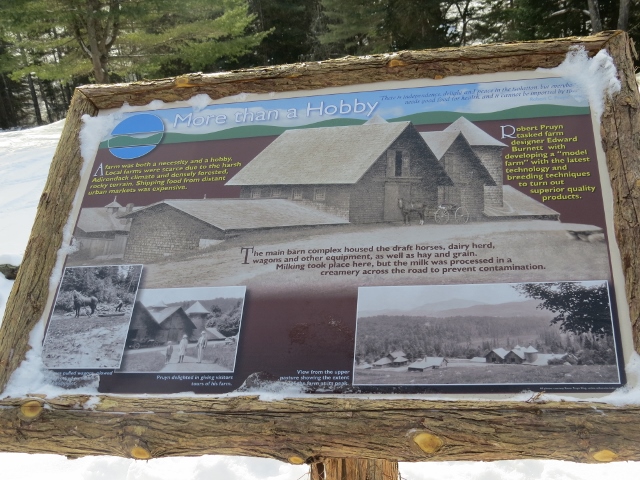
When our two sons were very young, they learned how to cross country ski on this trail, and the farm was our destination until they grew older. Their main interest was the fascinating, huge old barn, which tragically burned down in 2005. There are still several old buildings at this location and it makes a nice destination for families with young children.
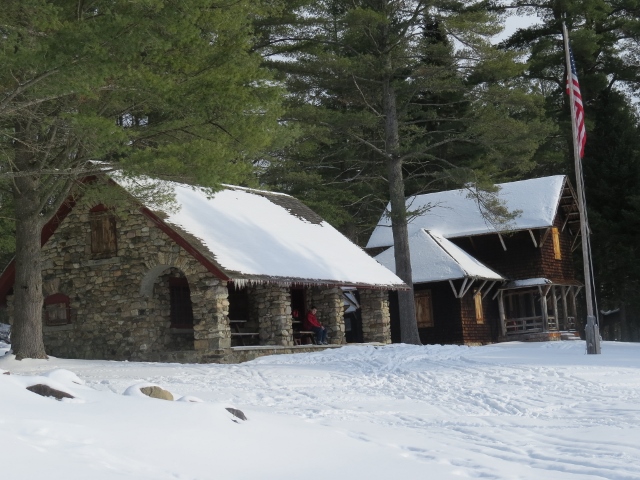
As we took a break at the farm, I spotted a woman skier who was pulling a sled, the kind that attaches to your hips, with her young twins and her baby on board! It was impressive! They were making good use of the picnic table at one of the old farm houses.

It was great to see many families along the way, and we met yet another woman skier pulling a sled behind – this particular woman did the entire 10-mile round trip pulling her young daughter in a sled!
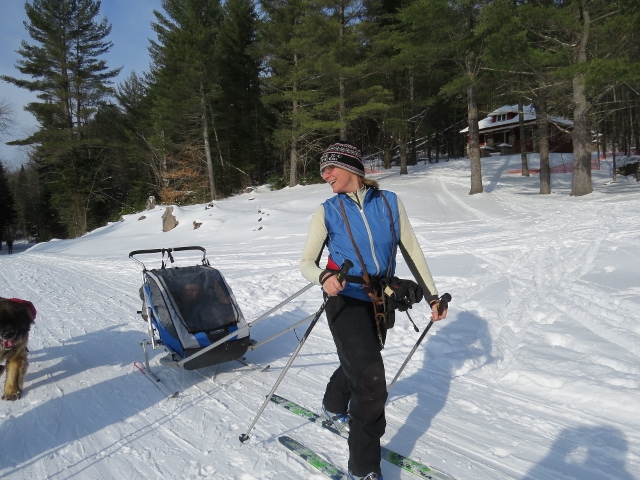
There were so many dogs making the trip to Great Camp Santanoni the day we skied, we wondered if they rivaled the human numbers that day!
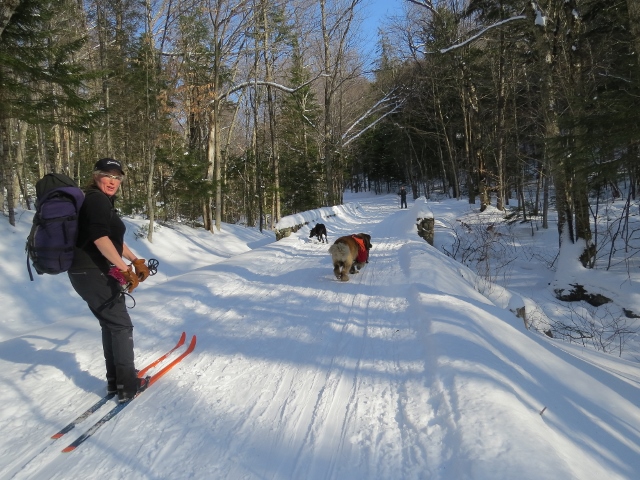
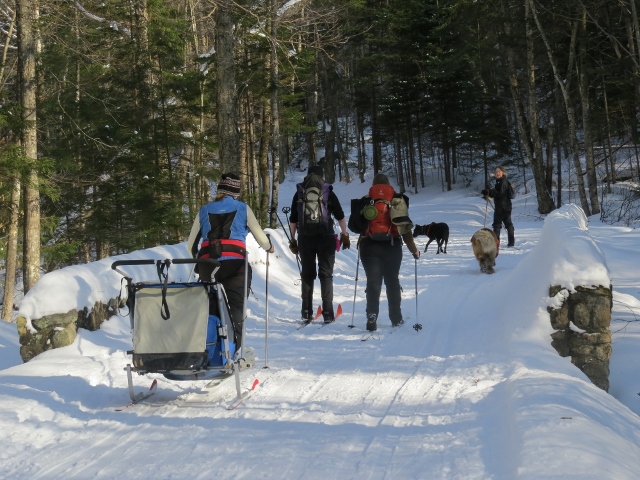
A second break was taken at the intersection with the trail to Moose Pond reached at 2.2 miles along the road. (The ski to Moose Pond is 14 miles round trip on a typical foot trail after the intersection.)
We continued skiing on toward the Great Camp, stopping along the way when we ran into people we knew, or meeting new people, many from out of state. Well over 100 people skied to the Great Camp that day.
The nearly 5-mile road to Great Camp Santanoni has gentle hills with one steeper hill near the end, but is considered a moderate level ski trip due to the mileage.
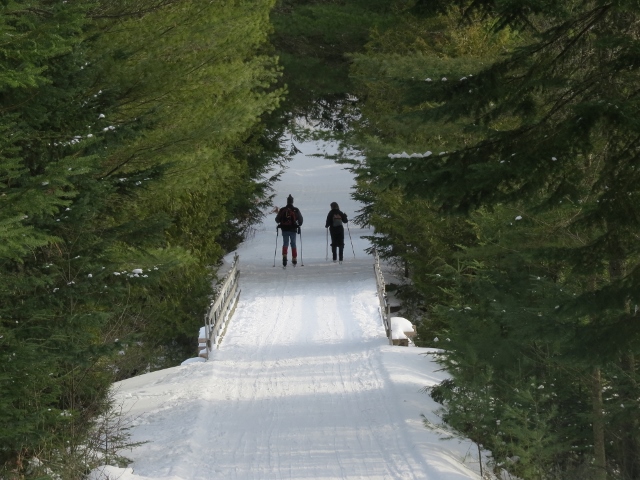
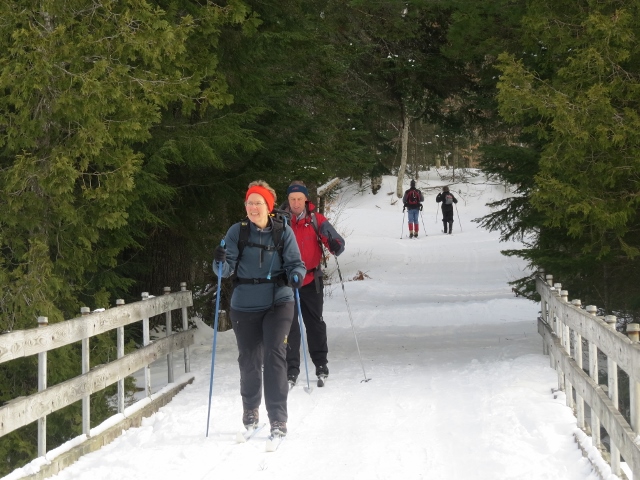
A short distance from the Great Camp, I took a fall when my left ski headed too far left! As I lay on the ground, I heard another skier approaching from behind and as he skied past me, I recognized the familiar ponytail belonging to Jim Brundage of Newcomb. Jim is an expert skier who has often given ski lessons in my Town of Long Lake. He works for the NYS DEC and was patrolling that day. I said hello and picked myself up wishing that I’d fallen in front of a stranger rather than a ski expert! We finished the ski to the camp together.
The Main Camp Complex
Staff from the Adirondack Architectural Heritage greeted skiers and snowshoers as they arrived at Great Camp Santanoni.
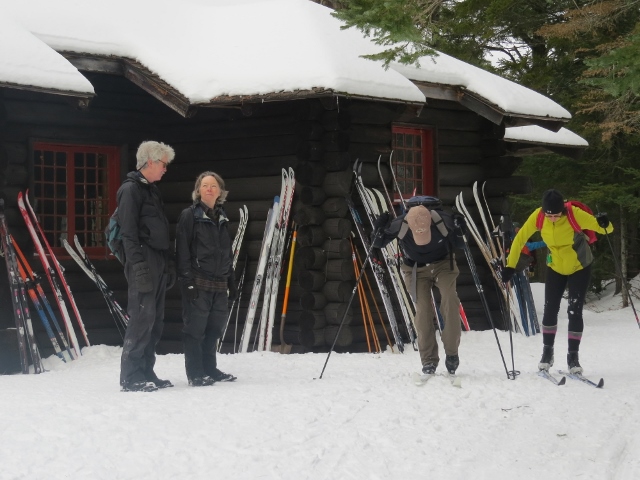
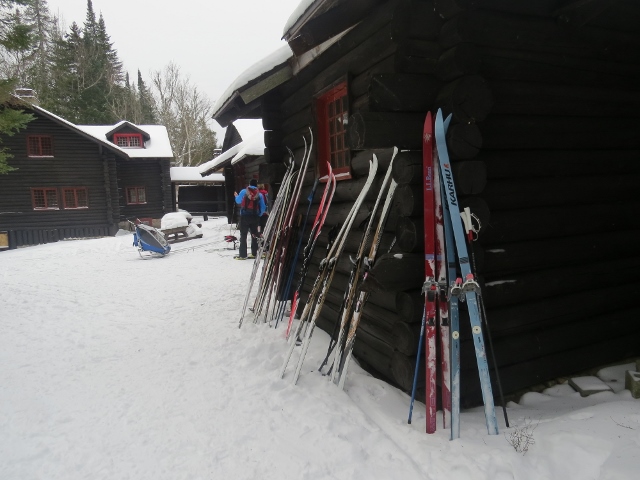
We headed for the Artist’s Studio to have lunch in a heated building. The studio was a beautiful one-room building with a large window overlooking Newcomb Lake. A rack was hung over the woodstove so folks could hang wet items to dry. It was extremely humid in this building as water boiled for coffee, tea, and hot chocolate. Steven Engelhart, Executive Director of Adirondack Architectural Heritage, was available to answer questions. Matthew W. Shepherd, a volunteer for AARCH, was offering refreshments. He and several staff members came in with all the supplies on Thursday and were camped in the Artist’s Studio through Monday. I could see that a great deal of work goes into the open house weekends.
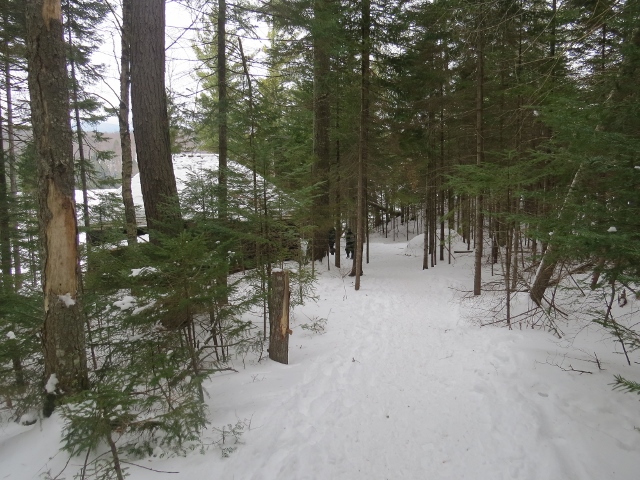
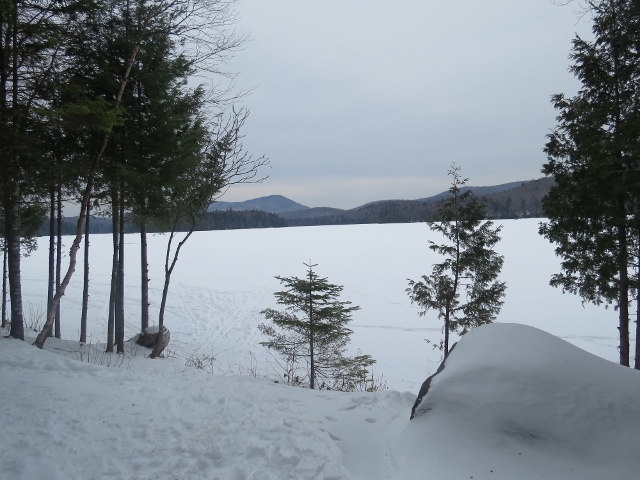
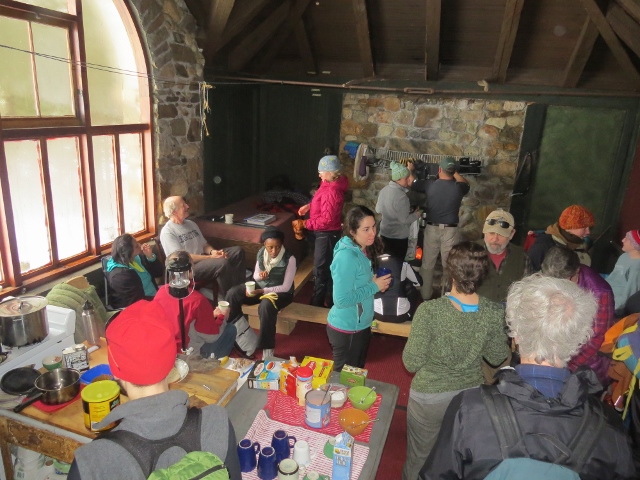
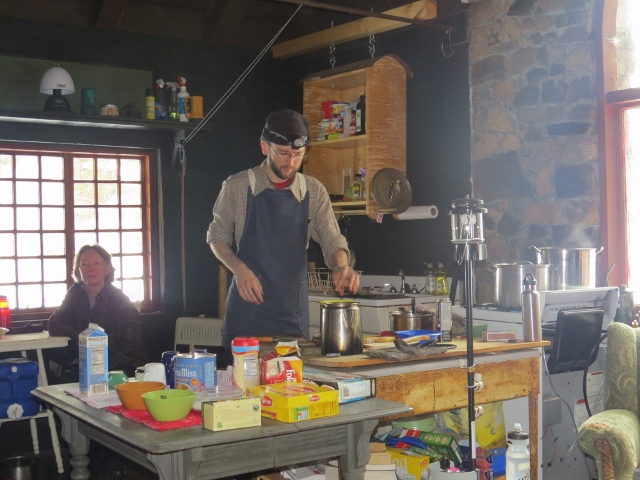
After hot chocolate and lunch, we walked around the buildings, which were all open. This is not usually the case during winter, so it is another added bonus of skiing in during the open house weekends.
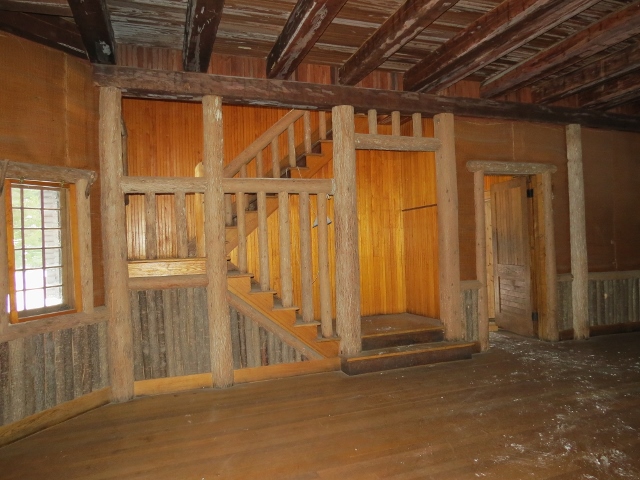
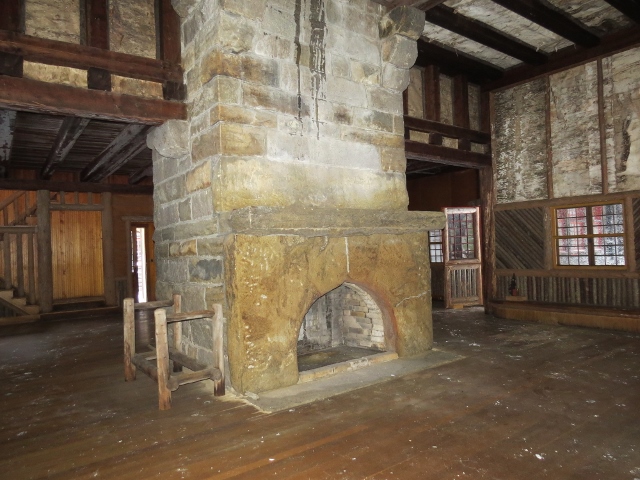
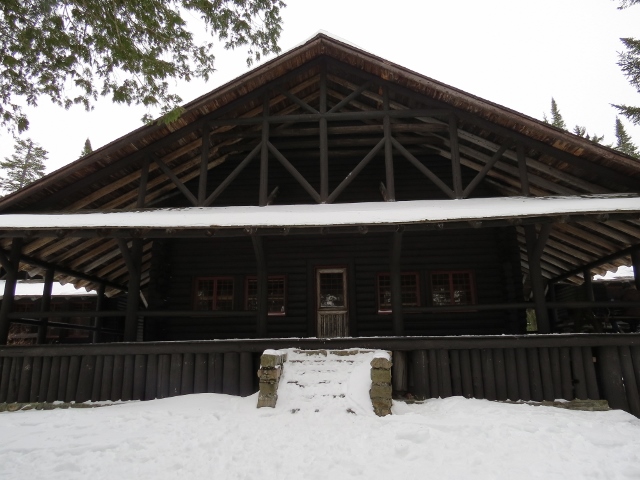

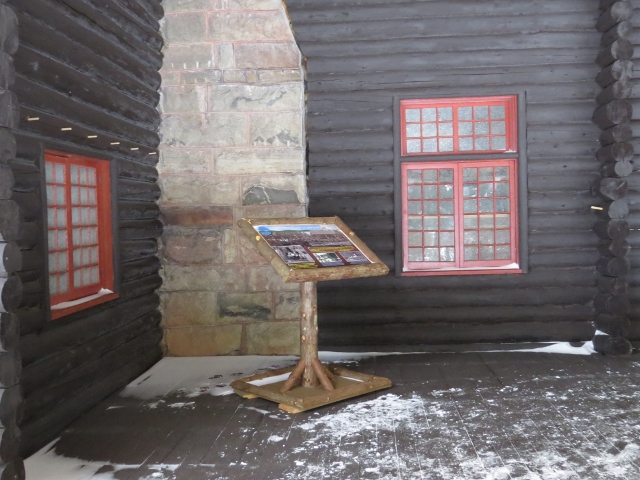
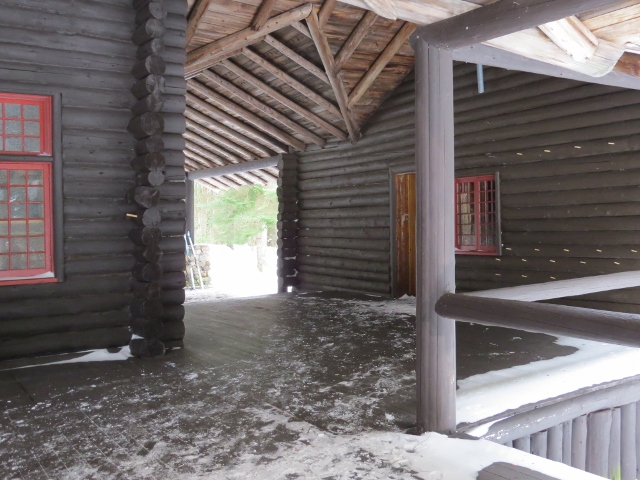
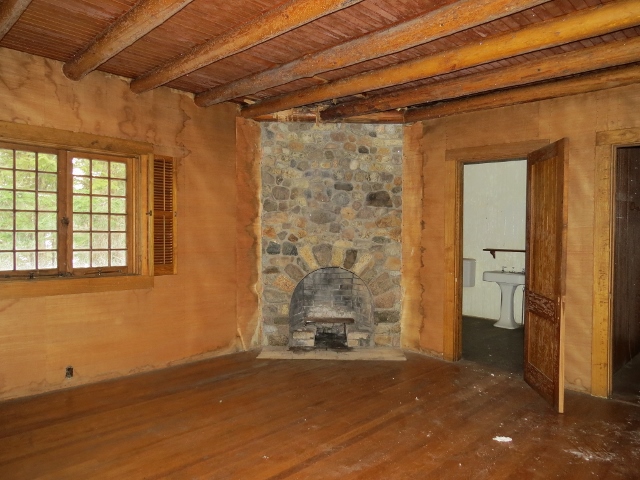
The History
Great Camp Santanoni was built between 1892 and 1893 by Anna and Robert Pruyn of Albany. They purchased 12,500 acres and employed the distinguished architect Robert H. Robertson to design the camp. The complex of 45 buildings is grouped in 3 different clusters. The Gatehouse Complex near the parking area includes a caretaker’s cottage and the monumental stone gateway arch.
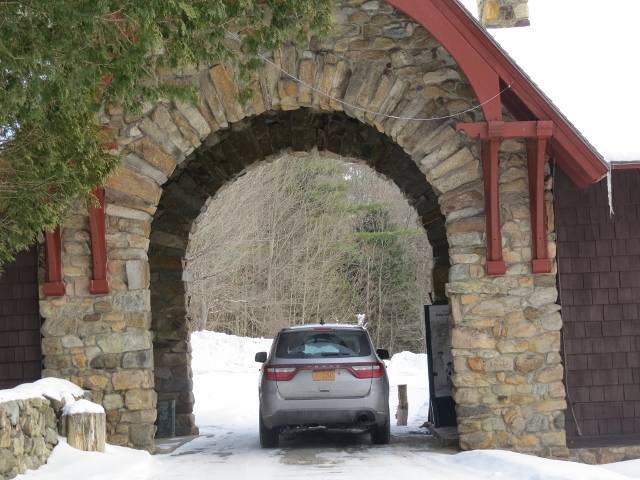
The Farm Complex is located a mile from the Gatehouse and was considered the largest farm operation ever associated with a family estate in the Adirondacks. There were 20 buildings and 200 acres of cleared land that produced vegetables, meat, fruit, and dairy products for the Pruyn family, surrounding community, and their extended family in Albany.
The Main Camp, located nearly 5 miles from the Gatehouse, consists of six separate buildings connected by a common roof and porch system overlooking Newcomb Lake. Separate buildings include the Artist’s Studio and Boat House. Many of the architectural features have been described as Japanese in their influence. Robert Pruyn had spent a great deal of time in Japan working for his father who was minister to Japan under President Lincoln. The Main Lodge features birch bark wall coverings, log grill work on the eaves, hand hewn beams, half log decorative patterns on doors and walls, and impressive field stone fireplaces. All of these features make Great Camp Santanoni one of the most outstanding examples of Adirondack rustic architecture.
Great Camp Santanoni was sold by the Pruyn heirs in 1953 to the Melvin family who enjoyed the camp for nearly 20 years. In 1971, the Melvin’s 8-year-old grandson, Douglas Legg, was lost on the property and never seen again. The Melvins did not want to return to the scene of such a tragedy and sold the property to the Adirondack Nature Conservancy. In turn, the Nature Conservancy sold the property to New York to be incorporated into the State Forest Preserve.
The property sat vacant for nearly two more decades, but still a fascination for hikers and skiers. In 1990, there was a renewed interest in preserving Great Camp Santanoni due to the efforts of Adirondack Architectural Heritage, the Town of Newcomb, and the Preservation League of New York State. New York State announced support for preservation in 1992, and by 2000, the Camp Santanoni Historic Area was officially created and a unit management plan was adopted. A Friends of Camp Santanoni group was formed in 1998 to provide ongoing financial and volunteer support for the Camp. Restoration projects are ongoing.
Many Ways to Travel to the Great Camp
In the summer, you can hike, bike, or travel to Great Camp Santanoni by horse and buggy! Visitors can also camp in the area. In the winter, visitors can ski or snowshoe to the camp, and there is now a new winter method of travel – sled dogs! The sled dogs can pull visitors to the Great Camp in a sled, or wheeled cart when there is no snow.
Two More Winter Weekends Left!
If you would like to ski or snowshoe to Great Camp Santanoni during one of the open house “Winter Weekends,” there are still two more to go this winter! The next Winter Weekend is scheduled for February 14, 15, and 16 (President’s Day weekend), and the third Winter Weekend is scheduled for March 14 and 15.
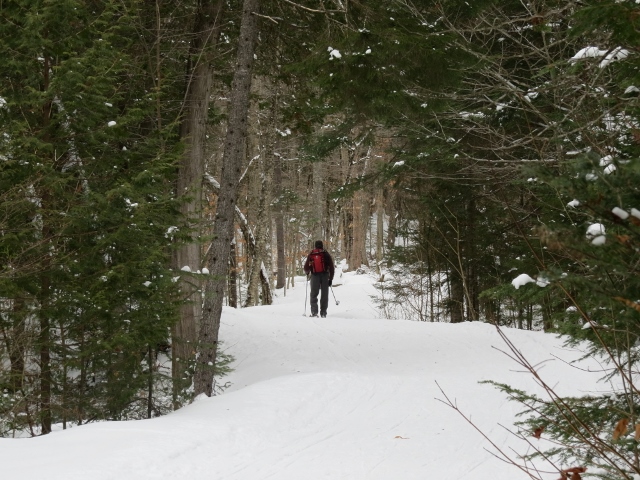
If you plan to visit, there are many wonderful lodging and restaurant options in the area to make your stay warm and comfortable!
